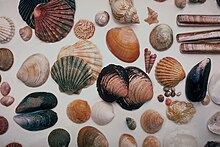Welcome to My Professional Hobby My Collection Of Art My Journey To The Top!!! I Create Photography, Oil Paintings , Sketches and Retro Art Deco
http://smejias.faso.com/ upcoming shows 2-18-2016 and newsletter publication of my art Show for 2-18-2016 results
The FASO Daily Art Show
NEW! The DAS Newsletter: A Beautiful Exhibit of Today's Finest Original Art Delivered Daily to Your Inbox Free Sign up
The FASO Daily Art Show for Thursday, February 18, 2016![]()
![]()
![]()
![]()
![]()
![]()
![]()
![]()
![]()
![]()
![]()
![]()
![]()
![]()
![]()
![]()
![]()
![]()
![]()
![]()
![]()
![]()
![]()
![]()
![]()
![]()
![]()
![]()
![]()
![]()
![]()
![]()
![]()
![]()
![]()
![]()
![]()
![]()
![]()
![]()
![]()
![]()
![]()
![]()
![]()
![]()
![]()
![]()
![]()
![]()
![]()
![]()
![]()
![]()
![]()
![]()
![]()
![]()
![]()
![]()
![]()
![]()
![]()
![]()
![]()
![]()
![]()
![]()
![]()
![]()
![]()
![]()
![]()
![]()
![]()
![]()
![]()
![]()
![]()
![]()
![]()
![]()
![]()
![]()
![]()
![]()
![]()
![]()
![]()
![]()
![]()
![]()
![]()
![]()
![]()
![]()
![]()
![]()
![]()
![]()
![]()
![]()
![]()
![]()
![]()
![]()
![]()
![]()
![]()
![]()
![]()
![]()
![]()
![]()
![]()
![]()
![]()
![]()
![]()
![]()
![]()
![]()
![]()
![]()
![]()
![]()
![]()
![]()
![]()
![]()
![]()
![]()
![]()
![]()
![]()
![]()
![]()
![]()
![]()
![]()
![]()
![]()
![]()
![]()
![]()
![]()
![]()
![]()
![]()
![]()
![]()
![]()
![]()
![]()
![]()
![]()
![]()
![]()
![]()
![]()
![]()
![]()
![]()
![]()
![]()
![]()
![]()
![]()
![]()
![]()
![]()
![]()
![]()
![]()
![]()
![]()
![]()
![]()
![]()
![]()
![]()
![]()
![]()
![]()
![]()
![]()
![]()
![]()
![]()
![]()
![]()
![]()
![]()
![]()
![]()
![]()
![]()
![]()
![]()
![]()
![]()
![]()
![]()
![]()
![]()
![]()
![]()
![]()
![]()
![]()
![]()
![]()
![]()
![]()
![]()
![]()
![]()
![]()
![]()
![]()
![]()
![]()
![]()
![]()
![]()
![]()
![]()
![]()
![]()
![]()
![]()
![]()
![]()
![]()
![]()
![]()
![]()
![]()
![]()
![]()
![]()
![]()
![]()
![]()
![]()
![]()
![]()
![]()
![]()
![]()
![]()
![]()
![]()
![]()
![]()
![]()
![]()
![]()
![]()
![]()
![]()
![]()
![]()
![]()
![]()
![]()
![]()
![]()
![]()
![]()
![]()
![]()
![]()
![]()

SABRINA MEJIAS Boxer Dog Oil Painting Collection Oil x
View on artist's site
Your artwork could be here tomorrow,
for free!
Click here for details
About:
The Daily Art Show
by FASO
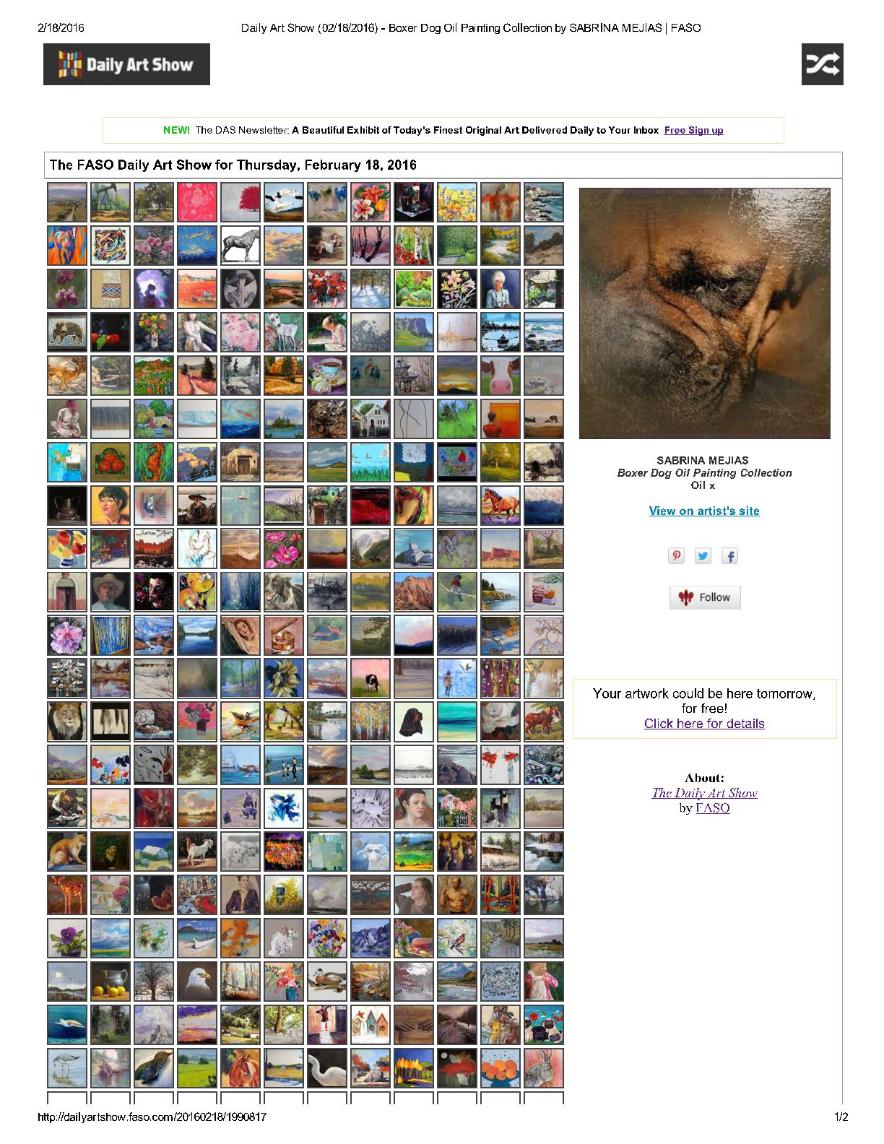

I have Gallery Representation From Saatchi Online, Fine Art America and a few other misc galleries, search the google search engine for my art. If you have quality art you would like a reproduction of I can either teach you for free how to properly do it, and or do it for you for a fee and save you the hassle. If you hire me to do it fyi I will be using my copyright priveledges for your piece. I specialize in Unique Art and rarities, rare and or collectible items. Note An Original Rembrandt Print you can find online for the same price as some of mine $90. Does this mean Rembrandt is equally comparable to Sabrina A Mejias Reproduction Art, simply put yes it does. Sabrina's Art has even gone so far as being compared against Picasso by her Arts admirers. It is not uncommon to purchase reproduction art from myself and it being of more value than the original it was created from. My main technique consists of post processing my creations.
Gallery Showcase Art Below email me to inquire about my limited editions all limited editions come with coa, I have unlimited supply of prints but I run limited editions with COA'S and Is Signed, COA comes with purchase of Limited Edition Free Of Charge. It will specify which edition you own on your certificate. For Certified Unlimited Prints Go To Saatchi Gallery Online and Search Artists For My Name. All Oil Painting Type Art, and art using Gallery Effect Plugin that is displayed in the art piece as being in a gallery exhibition is and are limited editions. Note they will still have the unlimited version but they will not sell signed but will still have coa. You can order my oil paintings on canvas so you can get the true oil painting look and feel. Oil painting plugin complimentary of pho.to.
I provide Certified Limited Editions, and Certified Unlimited Editions, Limited Editions Are Signed And Certified Free Of Charge Limited editions have to be ordered directly by email/via paypal or Saatchi Online Gallery.I run Promo Limited Editions At Fine Art America, without coa, but you may order my art products there on merchandise materials. This Website is not always up to date so bear with us as we continue with maintenance. Note I am an Avid Art Collector aswell.
Avid
ˈavəd/
adjective
-
having or showing a keen interest in or enthusiasm for something.
"an avid reader of science fiction"
synonyms:keen, eager, enthusiastic, ardent, passionate, zealous, hard-core; More
-
having an eager desire for something.
"she was avid for information about the murder inquiry"
-
Hobby
From Wikipedia, the free encyclopedia
For other uses, see Hobby (disambiguation).
Hobby: Collecting Seashells
The origin of the word hobby inTristram Shandy, a characters' "hobby-horses", or particular obsessions
A hobby is a regular activity that is done for enjoyment, typically during one's leisure time. Hobbies can include collecting themed items and objects, engaging in creative and artistic pursuits, playing sports, or pursuing other amusements. A list of hobbies is lengthy and always changing as interests and fashions change. By continually participating in a particular hobby, one can acquire substantial skill and knowledge in that area. Engagement in hobbies has increased since the late nineteenth century as workers have more leisure time and advancing production and technology have provided more support for leisure activities. As some hobbies have become less popular, likestamp collecting, others have been created following technological advances, like video games.
- https://en.wikipedia.org/wiki/Digital_painting
- Some of my Oil Paintings are in Competition
- A List Of A Few Of My Competions
- CALL FOR ENTRYDEADLINESTATUSOPTIONSENTRY FEE PAYMENTSCherry Creek Arts Festival: Arrow Five Years Out Art Challenge (2016)
Application #8087383/11/2016Received - Review
- $0.00 Cherry Creek Arts Festival: Arrow Five Years Out Art Challenge (2016)
Yountville Art, Sip, and Stroll Event
Application #8189402/16/2016Received - Review
- $0.00 Yountville Art, Sip, and Stroll Event
Yountville Art, Sip, and Stroll Event
Application #8264772/16/2016Received - Review
- $0.00 Yountville Art, Sip, and Stroll Event
The Ringholz Foundation 2016 $1000 Visual Art Grants4/1/2016Received - Review
- $0.00 The Ringholz Foundation 2016 $1000 Visual Art
30th League for Innovation Student Art Competition4/15/2016$0.00 League for Innovation Student Art Competition - Mulan Fine Art Portrait Walt Disney Cartoon
- Received
- Review
- Dopey Snow White Walt Disney
- Received
- Review
- Municipality of Anchorage, Request for Qualifications: Airport Heights Elementary School Renovation
Application #8127252/10/2016Received - Review
- $0.00 Request for Qualifications Airport Heights Elementary School Renovation
Into View: SNAG Annual Juried Student Exhibition2/18/2016Ready for submission - Checkout
- Review
- Modify
- Call for Submissions- Woodland Healthcare Art Gallery
Application #808721RollingReceived - Review
- $0.00 Call for Submissions - HumanKindness Gallery
Call for Submissions- Woodland Healthcare Art Gallery
Application #826989RollingReceived - Review
- $0.00 Call for Submissions - HumanKindness Gallery
Dollar Bank Three Rivers Arts Festival - Juried Visual Art Exhibition 2016
Application #8054581/31/2016Received - Review
- $0.00 Three Rivers Arts Festival - Juried Visual Art Exhibition
Dollar Bank Three Rivers Arts Festival - Juried Visual Art Exhibition 2016
Application #8118981/31/2016Received - Review
- $0.00 Three Rivers Arts Festival - Juried Visual Art Exhibition
2017 Courage Kenny Art of Possibilities Art Show & Sale1/15/2017$0.00 Courage Kenny Foundation - Boxer Bordeaux Show Pup
- Received
- Review
- Mr. Lonely
- Received
- Review
-
3 Competition Pieces Below Boxer Dog Oil Paintings
Woodland Healthcare Gallery 2016 Competion the three below have 1 edition there is only one original edition, and the rest are original reproductions the original is 8x10 printed with my canon printer and signed by myself, comes with coa. You have to purchase the originals directly from me if you want it to be a true original, you can not purchase the originals online they have to be printed on my computer, and signed in person. The difference between my originals is whether it's a limited edition or an unlimited edition all of my art is original whether it be reproduction or not.
#1 Competition Piece Below
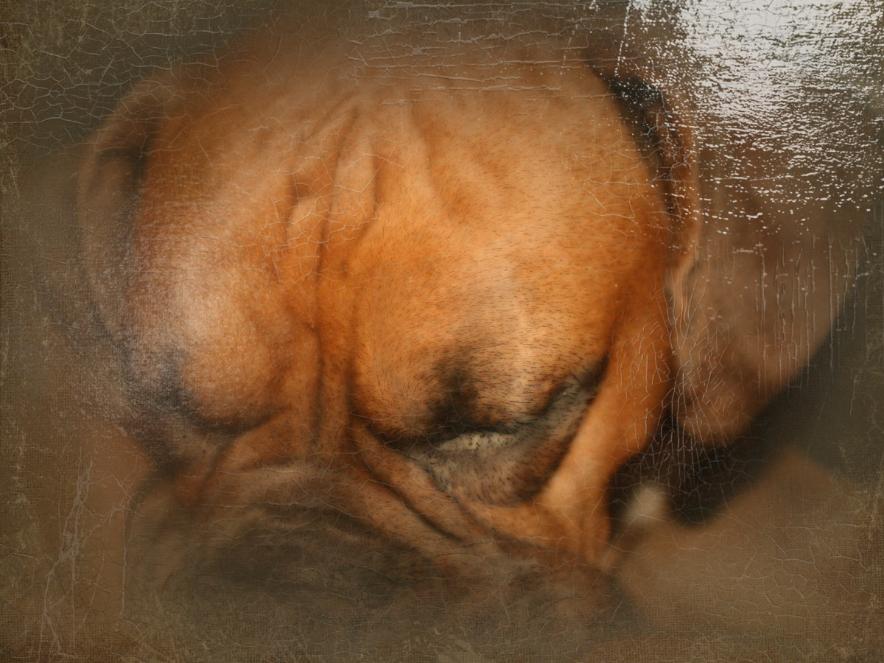
#2 Competition Piece Below
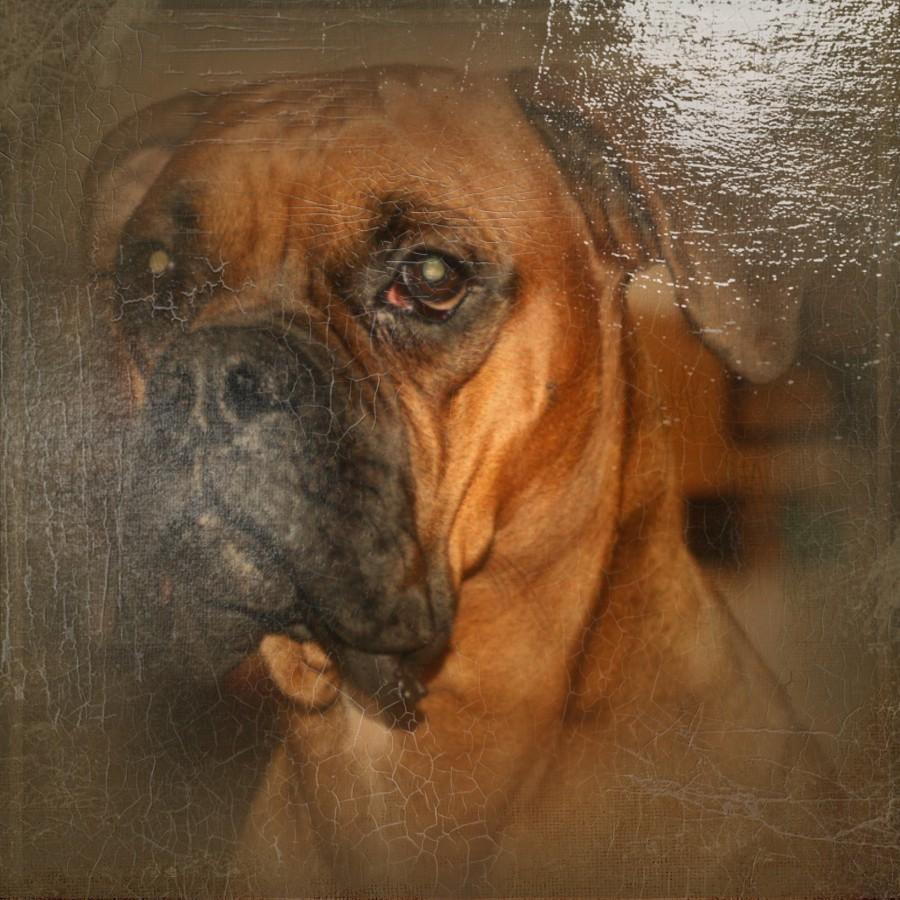
#3 Competition Piece Below
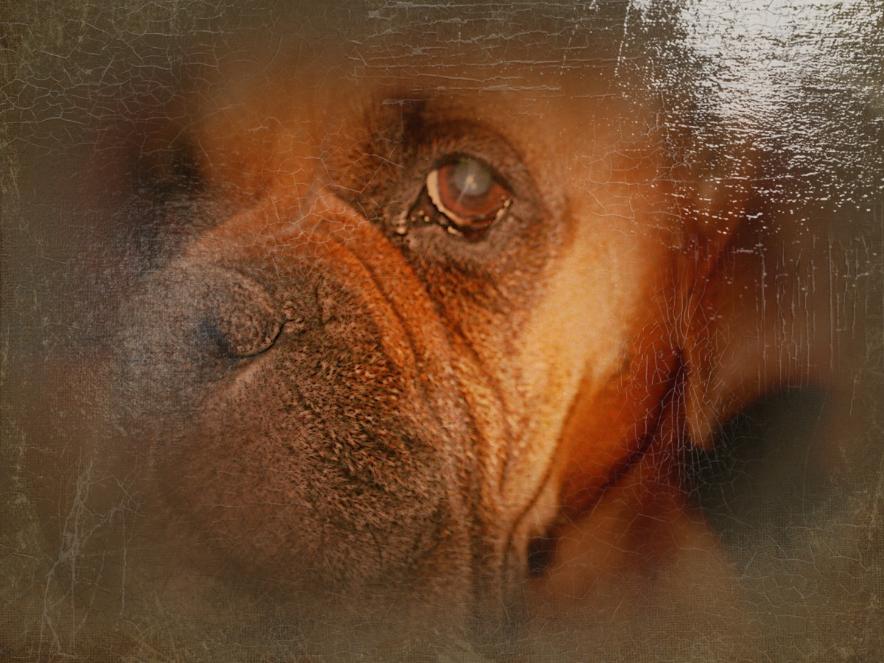
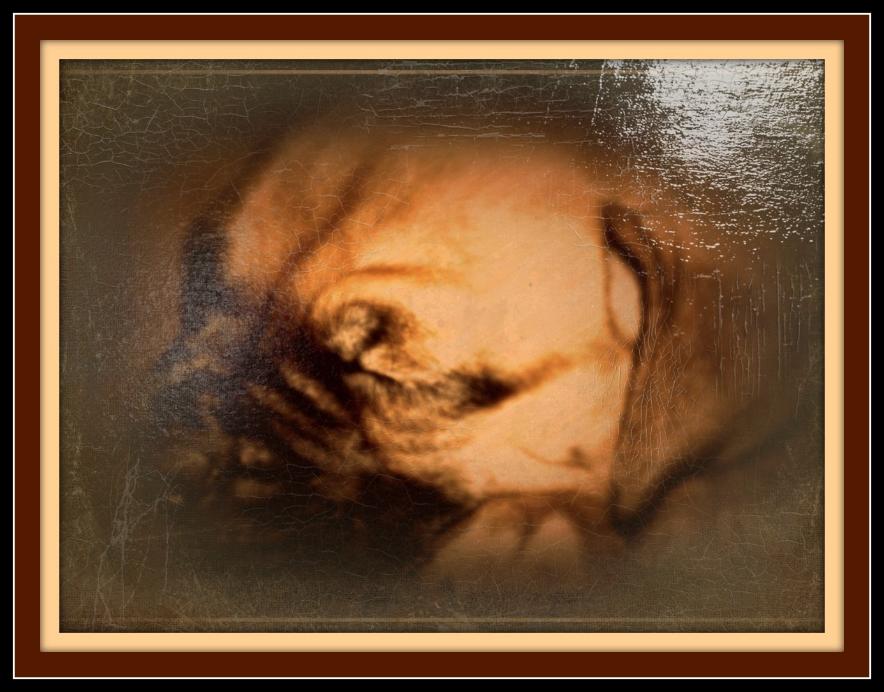
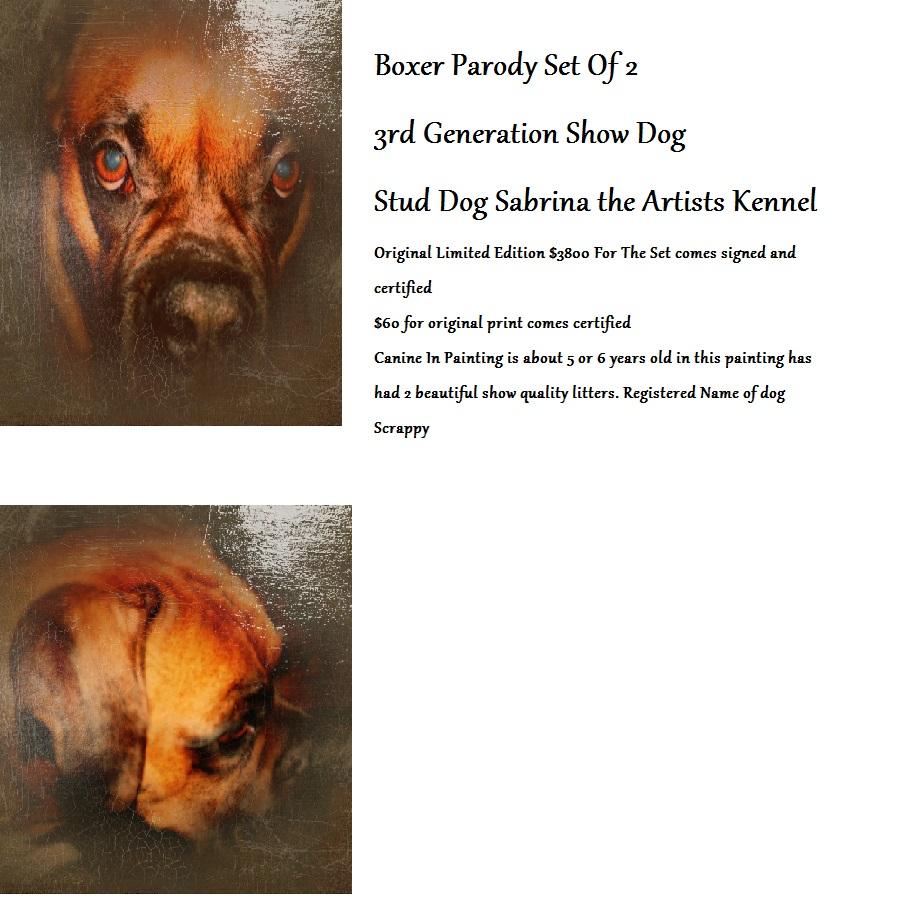
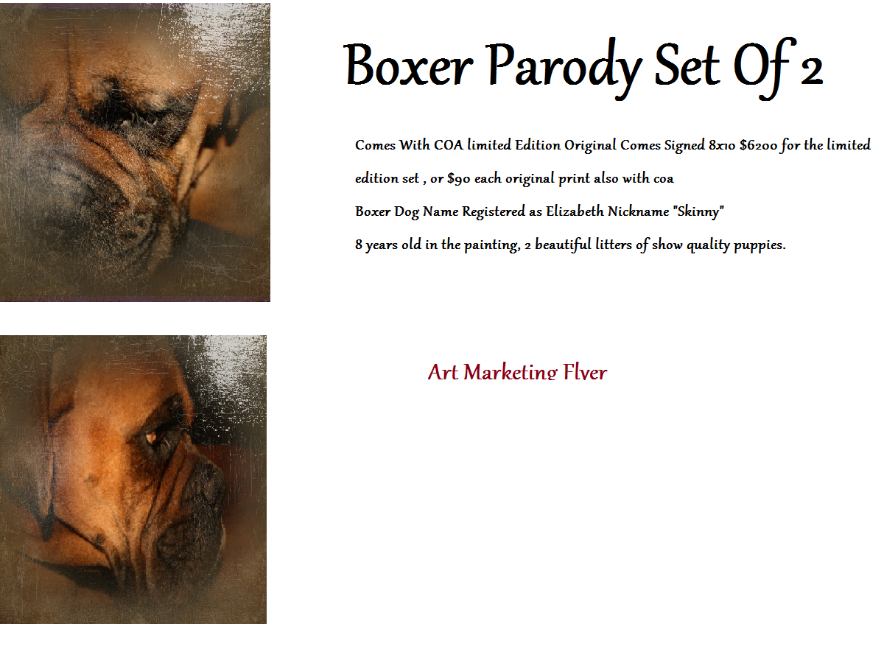



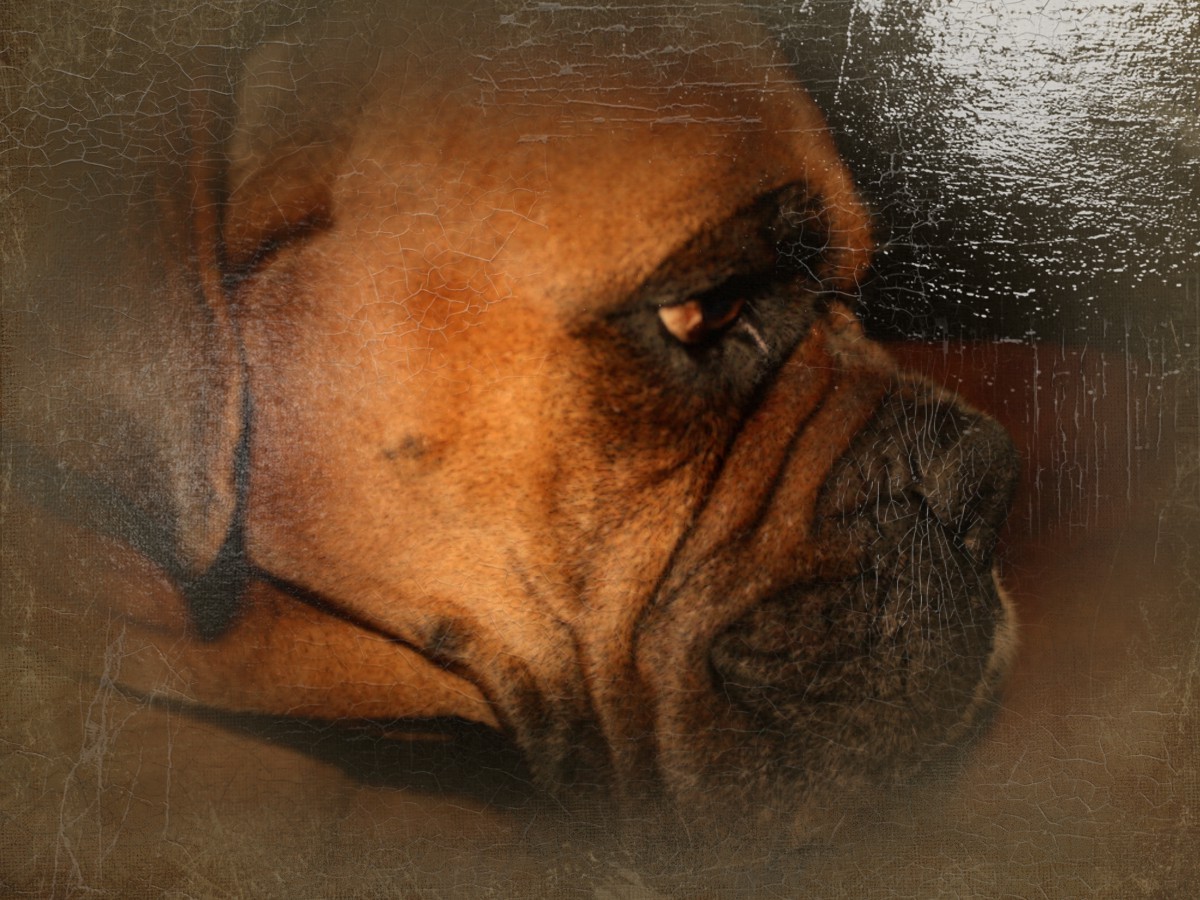
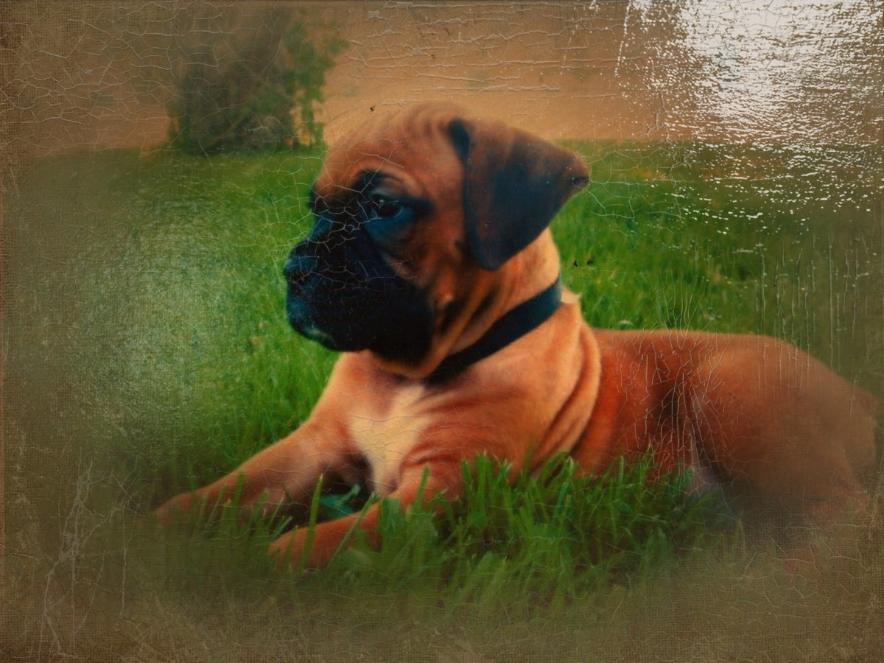

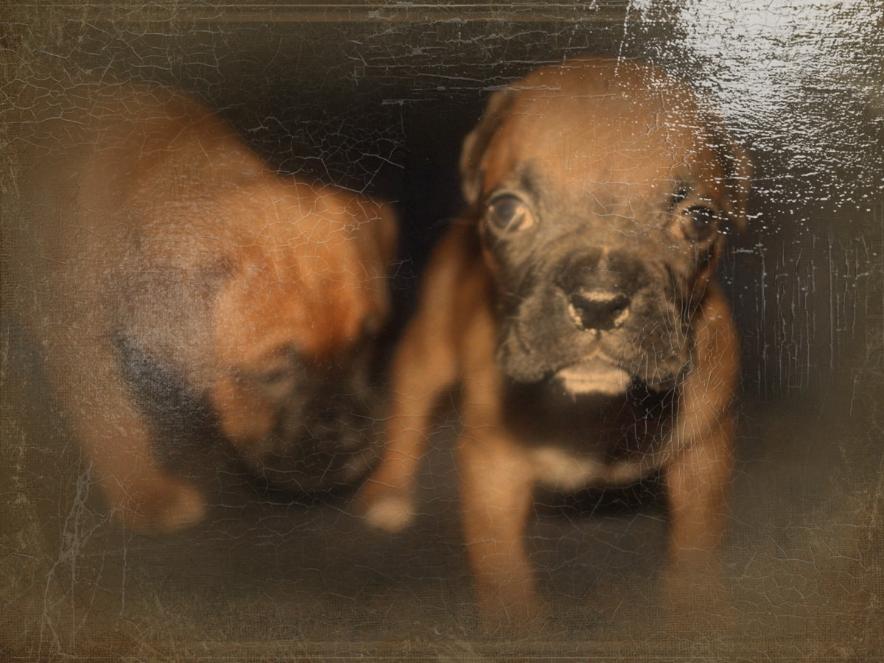
Perfume Bottle Is A Limited Edition With Signed COA
Prints For Sale $90 for limited and unlimited editions Original For Sale 8x10 in. .01 lbs $4,500 signed and certified coa will specify Original Piece
I am selling the limited editions first and when the 50 have sold I will converge my sales into the unlimited version.




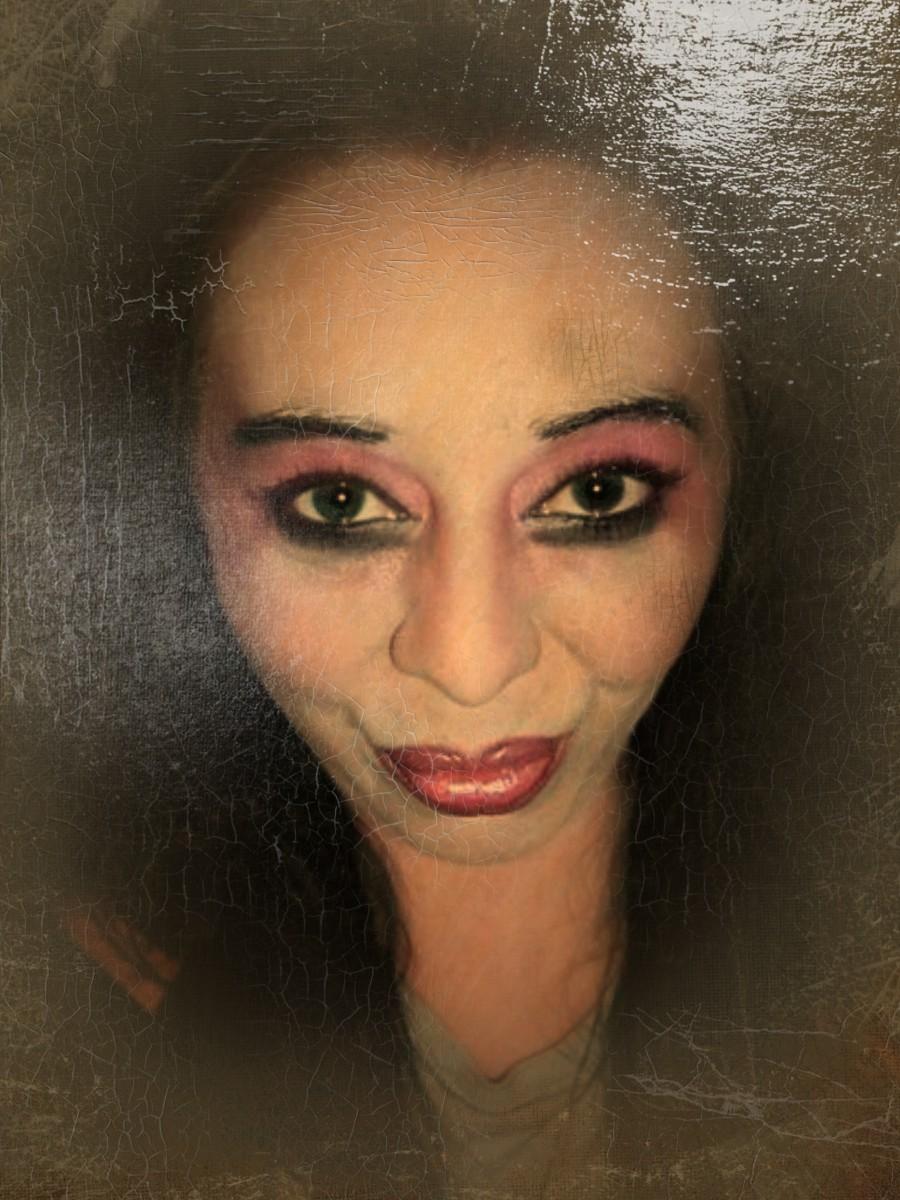
Title "What's In Your'e Garden" Is an Oil Painting I created from my own garden located in Southern Oregon, the cold and wet -but beautiful Rogue Valley. The little things you'll find in my garden. This piece is a surreal art piece.

Below Version of Cinderella is quite unique in it's own way's, This version of Cinderella is a sketch and an oil painting in one, The First Version is memorialized and donated to the public at a medium size print.
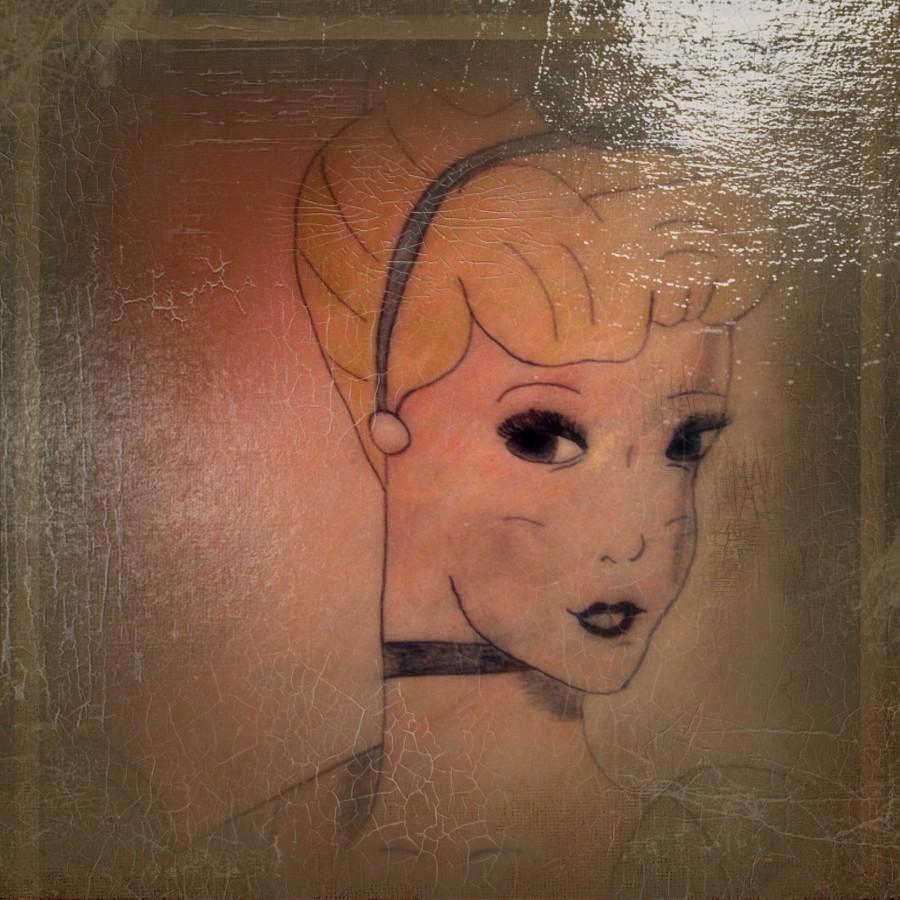
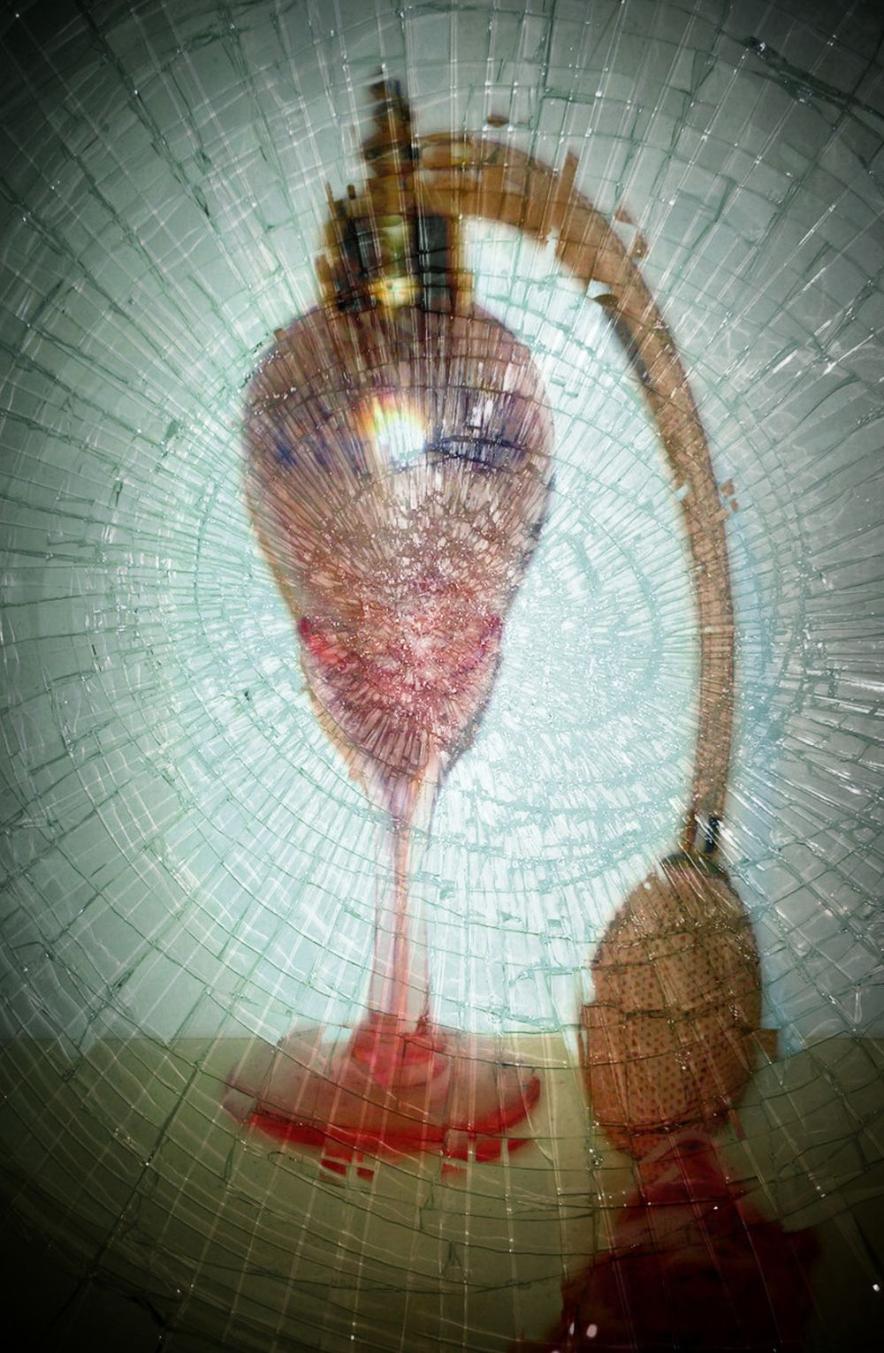
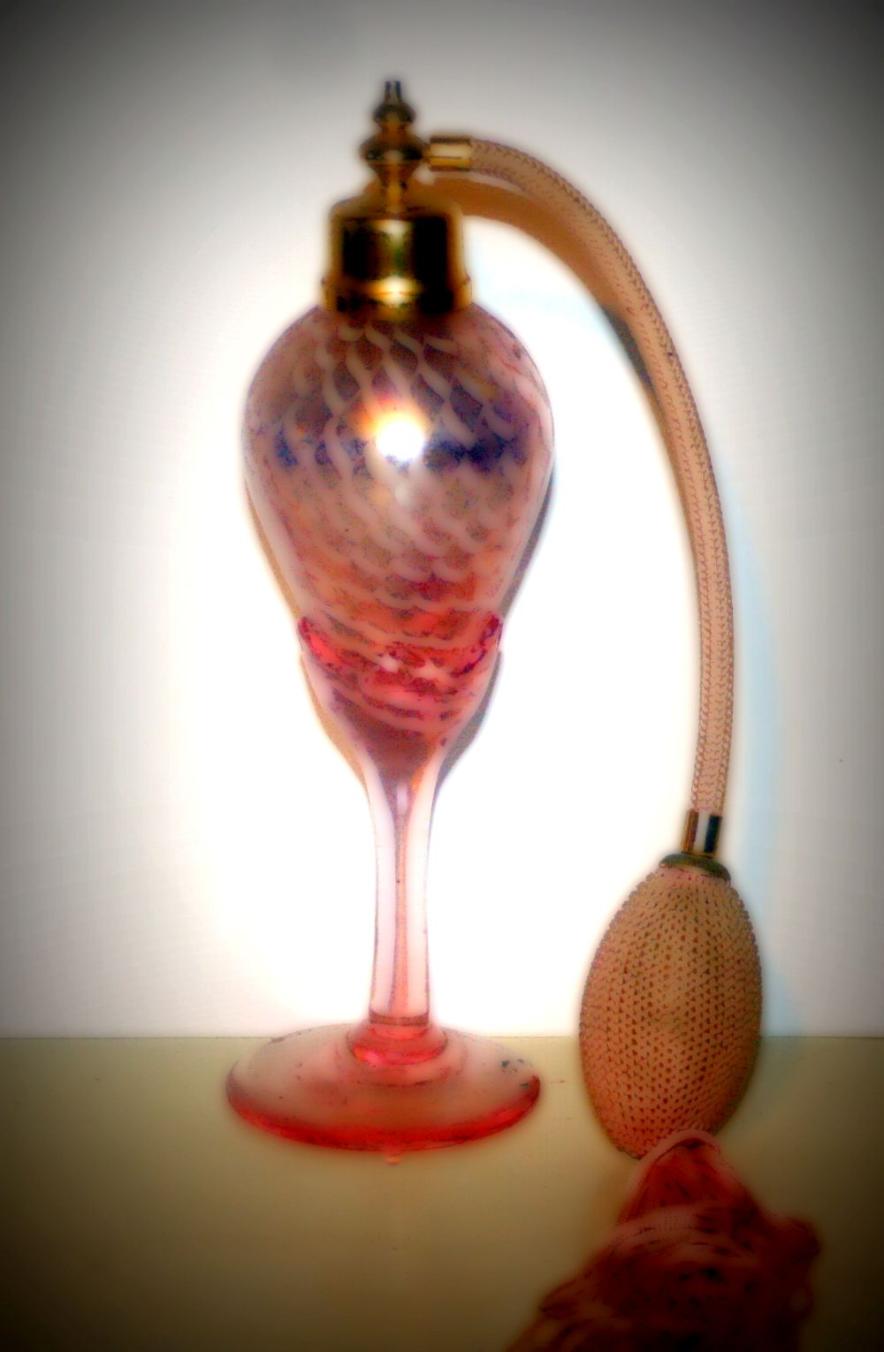
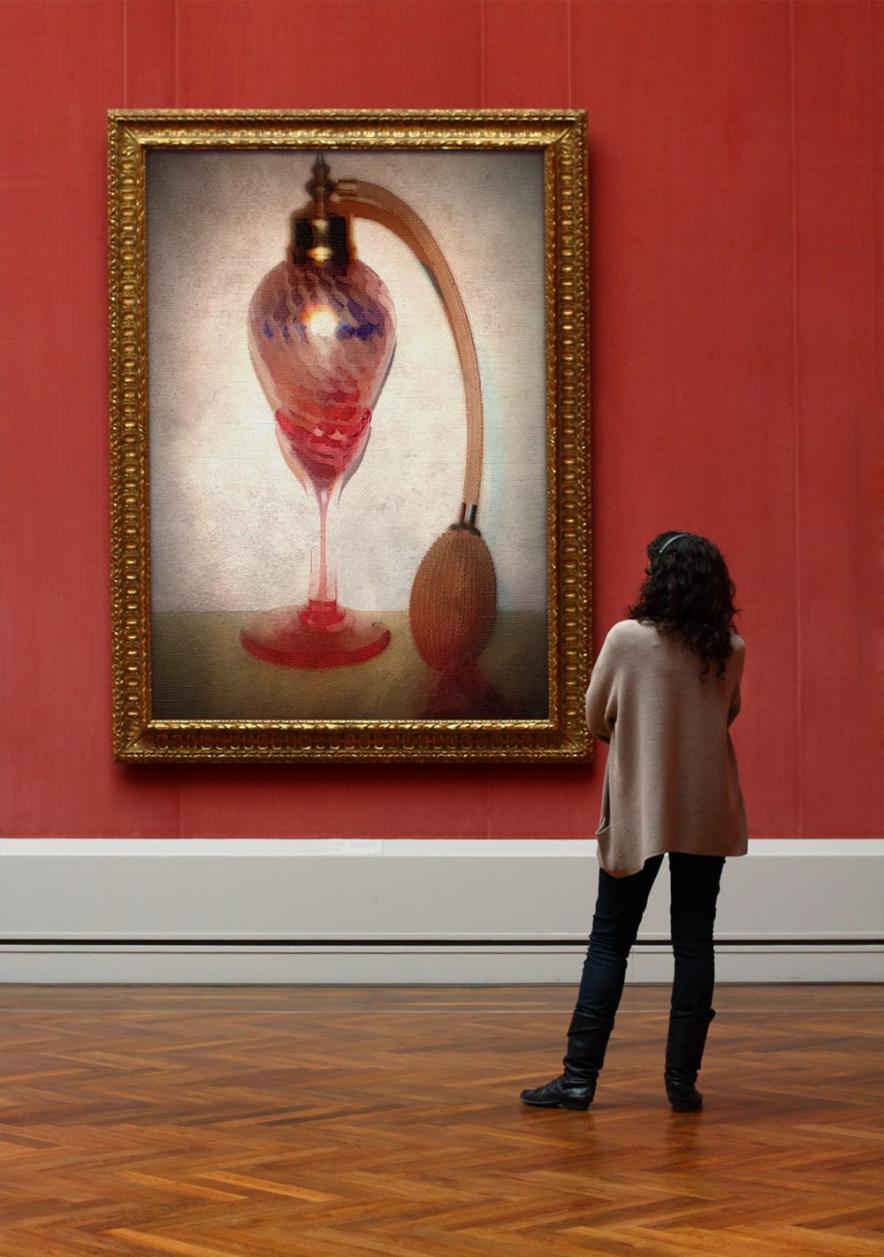
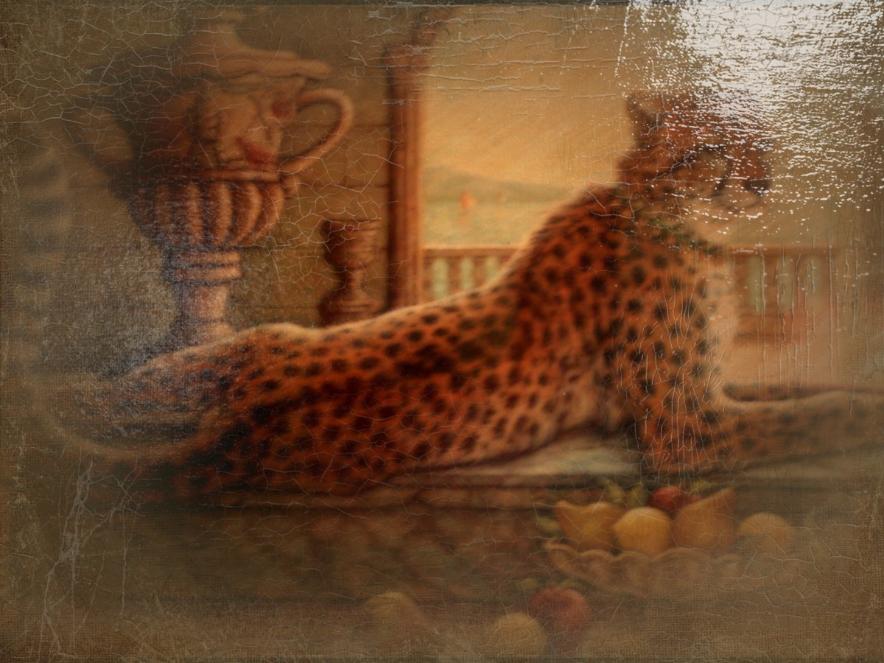
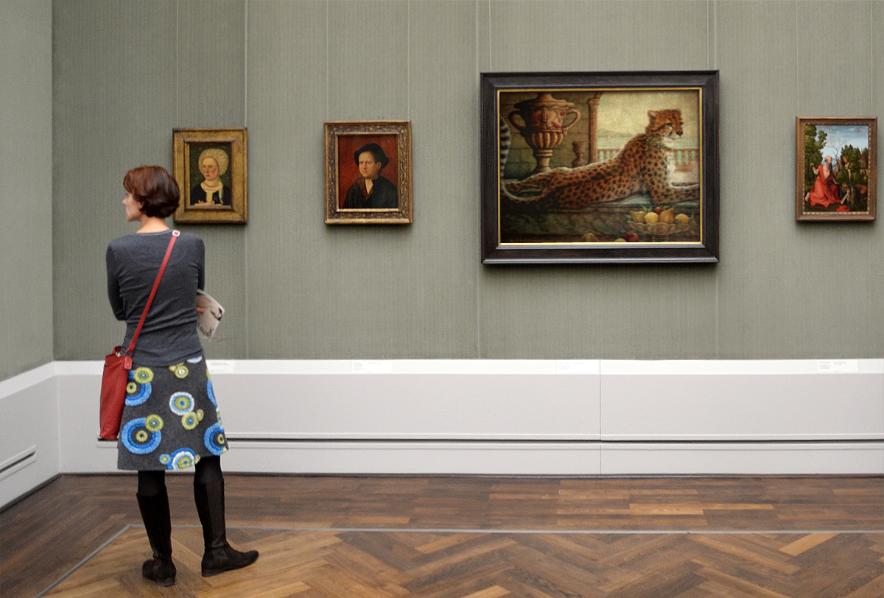
Cheetah Art Piece was a Piece I was given as a gift, from my bf's sister in law, my mother had given her the portrait as a gift, and later it was passed on to me.

Elephant Tapestry Kalaga or as I named it Silk Road Art Gold was a Piece I found at a thrift store in Sacramento California I paid $5 for it, it is valued at $300-$700 depending which tapestry you own, these tapestries are a series they were few and far between their productions, they are hand made and are called Kalaga's scroll down to learn more about Kalaga's.
My Piece Of Art that was inspired by my Kalaga is valued at $766 prints sell for $70
For Sale Prints $70
Kalaga
From Wikipedia, the free encyclopedia
For Azerbaijani village, see Qalagah.
Kalaga (Burmese: ကန့်လန့်ကာ) is a heavily embroidered appliqué tapestry made of silk, flannel, felt, wool and lace against a background made of cotton or velvet indigenous toBurma (Myanmar).[1] The word kalaga, which means "curtain," comes from the Burmese language, although Burmese refer to such tapestries as shwe gyi do (ရွှေချည်ထိုး; lit. "gold thread embroidery").[2] These tapestries use a sewing technique called shwe gyi (ရွှေချည်)[3]
This artform emerged during the Konbaung dynasty in the mid-19th century and reached its zenith during the reign of Mindon Min, when velvet became fashionable at the royal court.[4]
In a typical tapestry, padded figures are cut from various types of cloth and sewn onto a background, usually red or black cloth to form an elaborate scene, traditionally from Burmese classical plays (e.g. Ramayana, Jataka).[1][5][6] The figures are sewn using a combination of metallic and plain threads and adorned with sequins, beads and glass stones.[6]
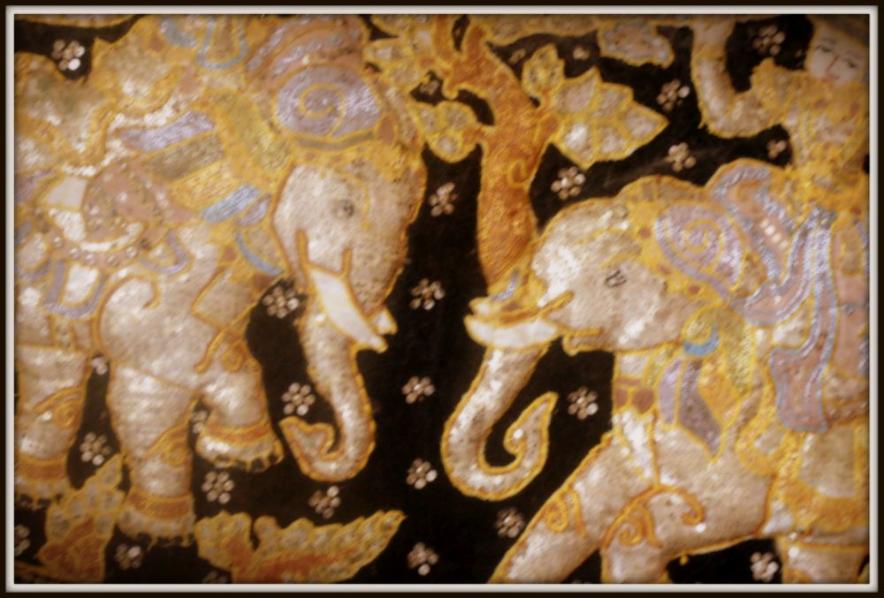
Asian Migrant Workers was a Piece I found at the swap meat located in Phoenix Oregon, I paid $2 dollars for it and have since created it's reproduction and made a donation contribution of it as a 14x21in. print at 3287x2166 megapixles you can find the free version at wikimedia or you can order this quality reproduction on canvas just like the original that I own, from me at Saatchi Gallery.

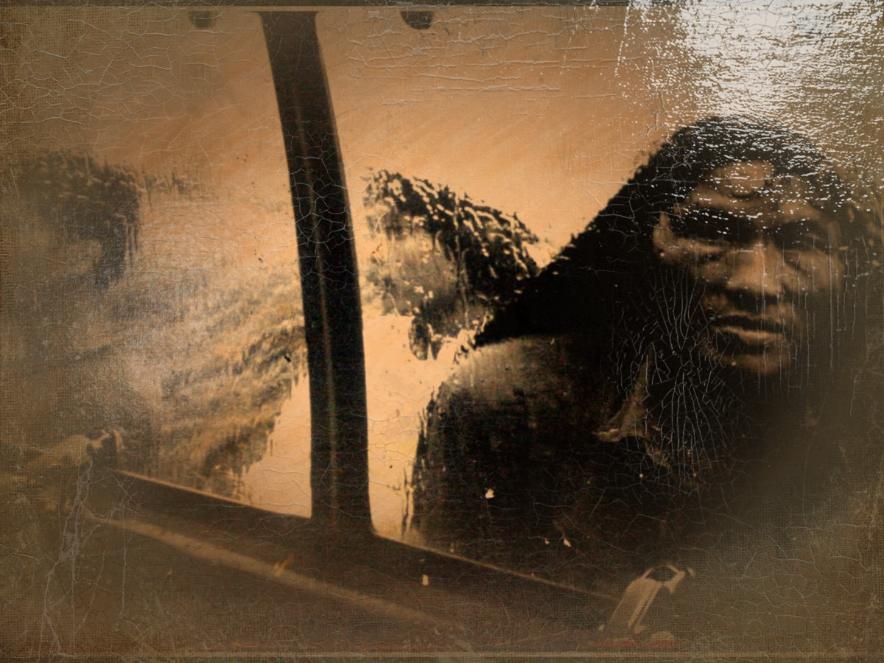


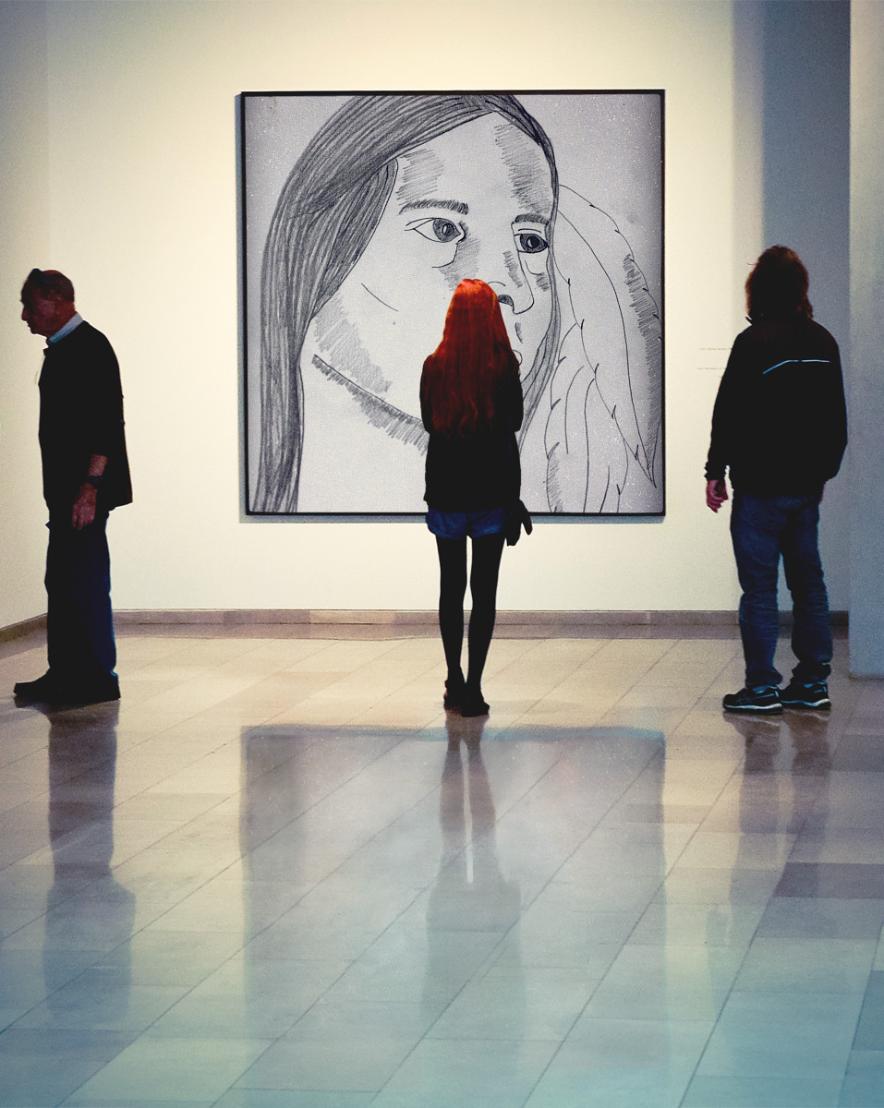

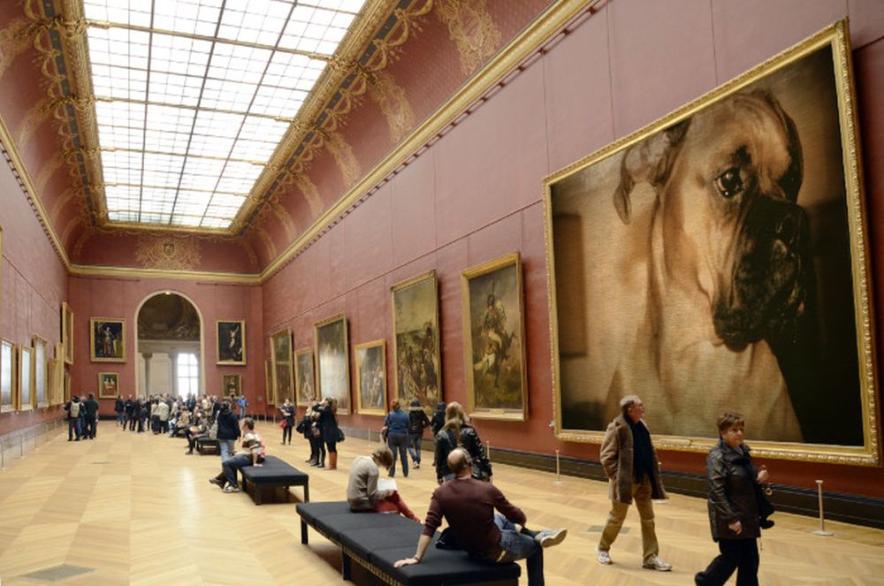
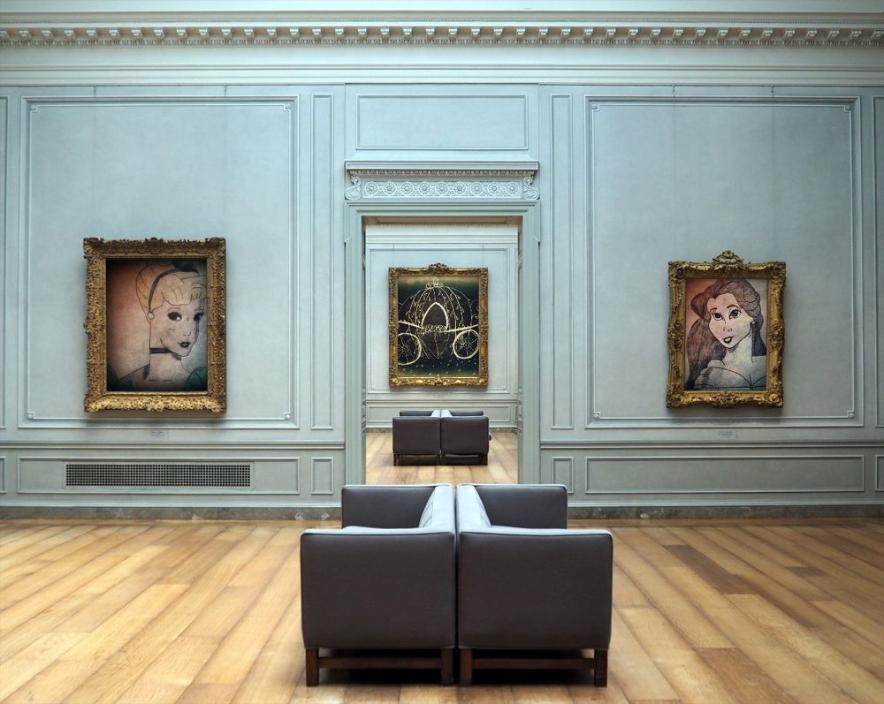
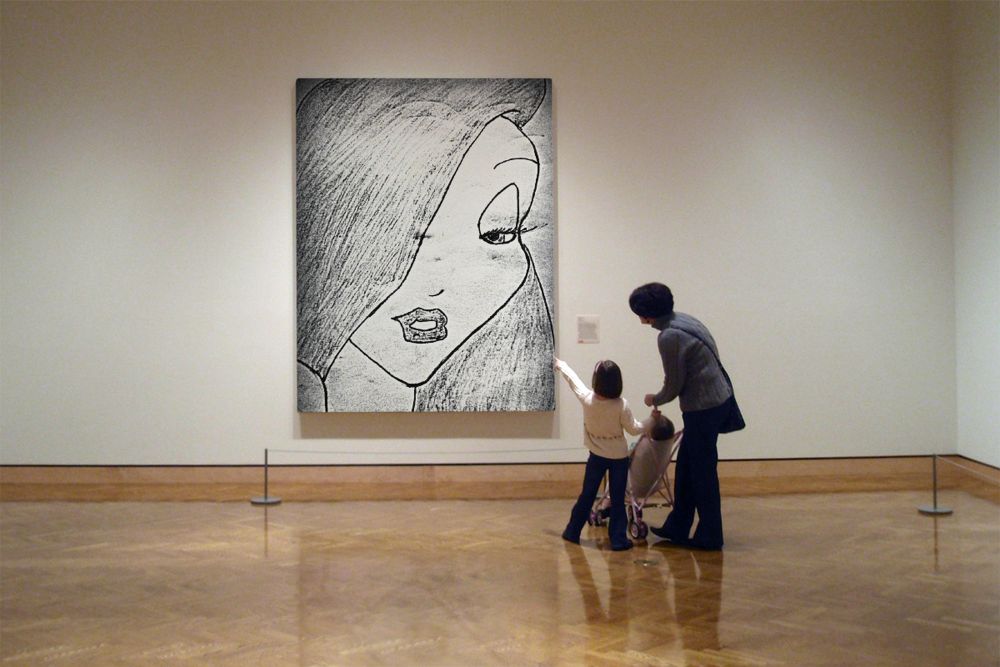
THIS IS A LIMITED EDITION PRINT THAT COMES WITH COA "PUBLIC LIBRARY" ONLY 100 PRINTS WILL COME SIGNED AND WITH COA.
Prints For Sale $70 get your limited edition while you can for Limted editions please email me at sabrinam1983@hotmail.com or go to Saatchi Online Gallery
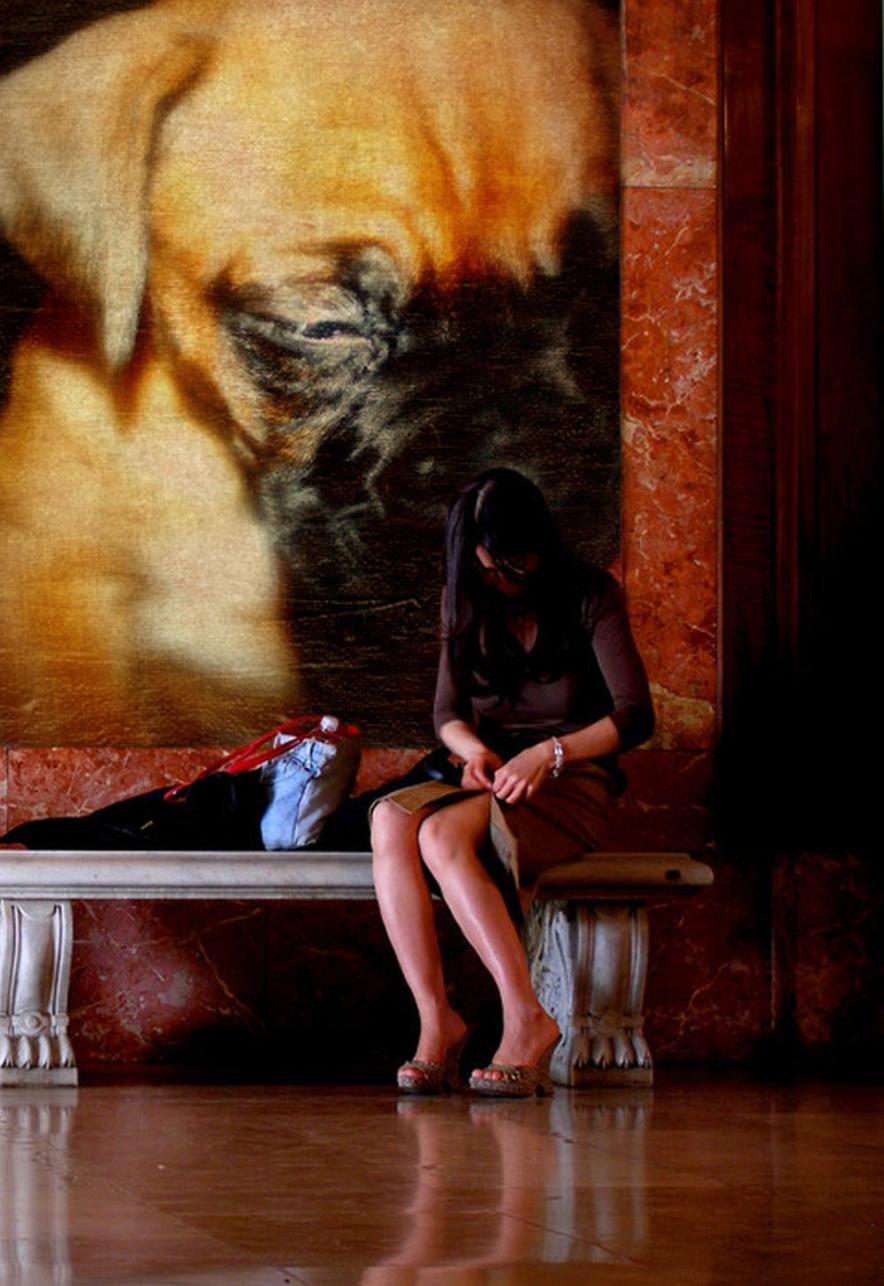


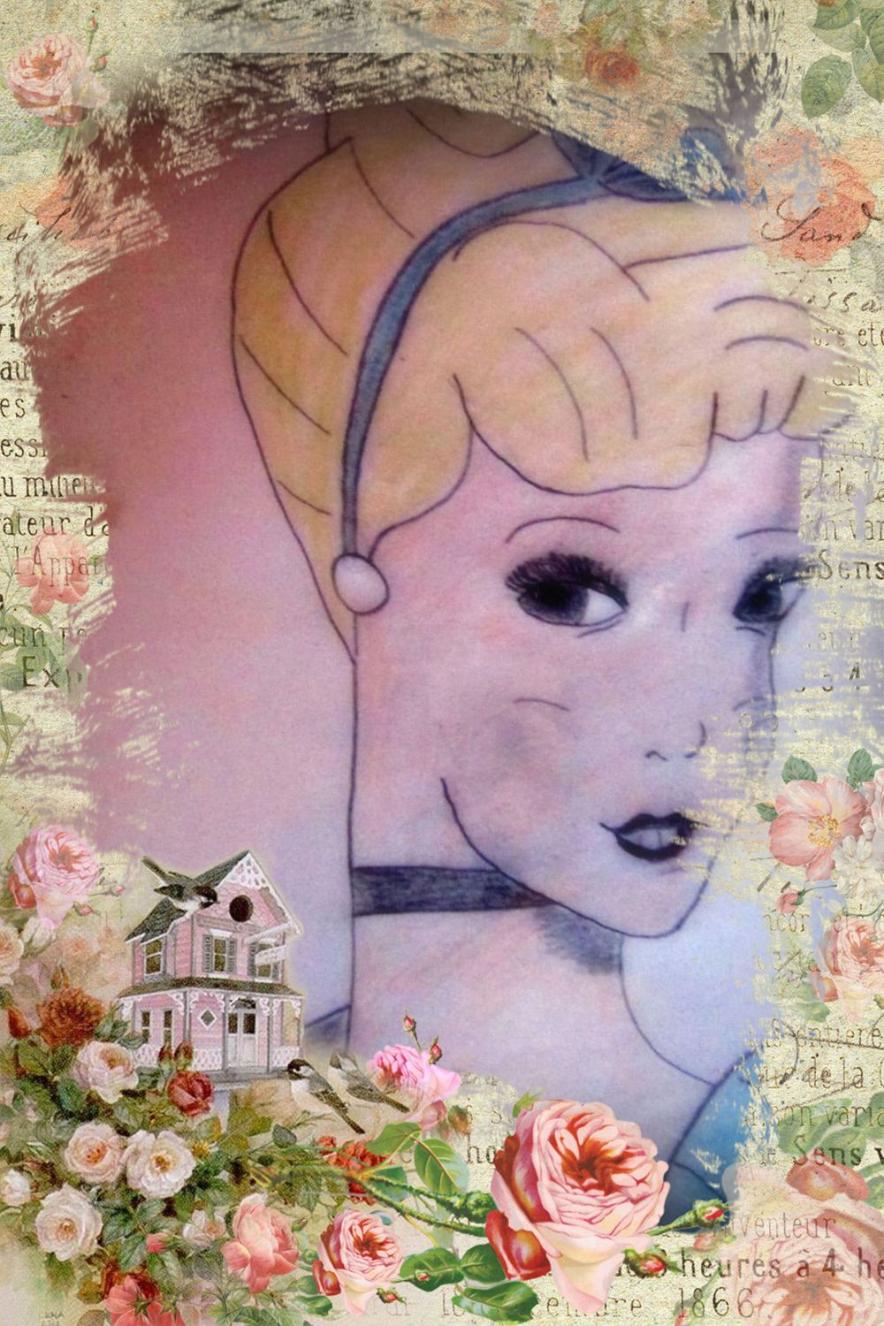
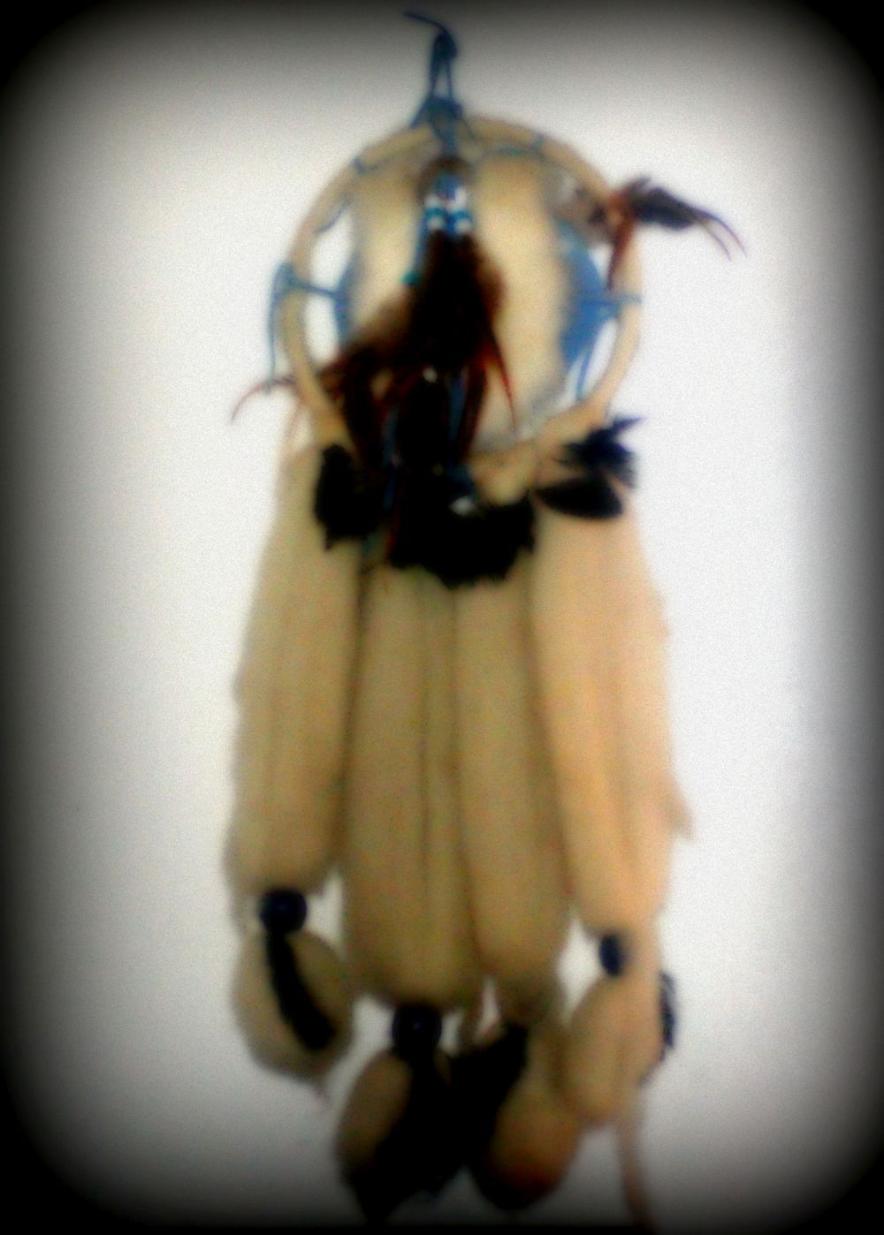
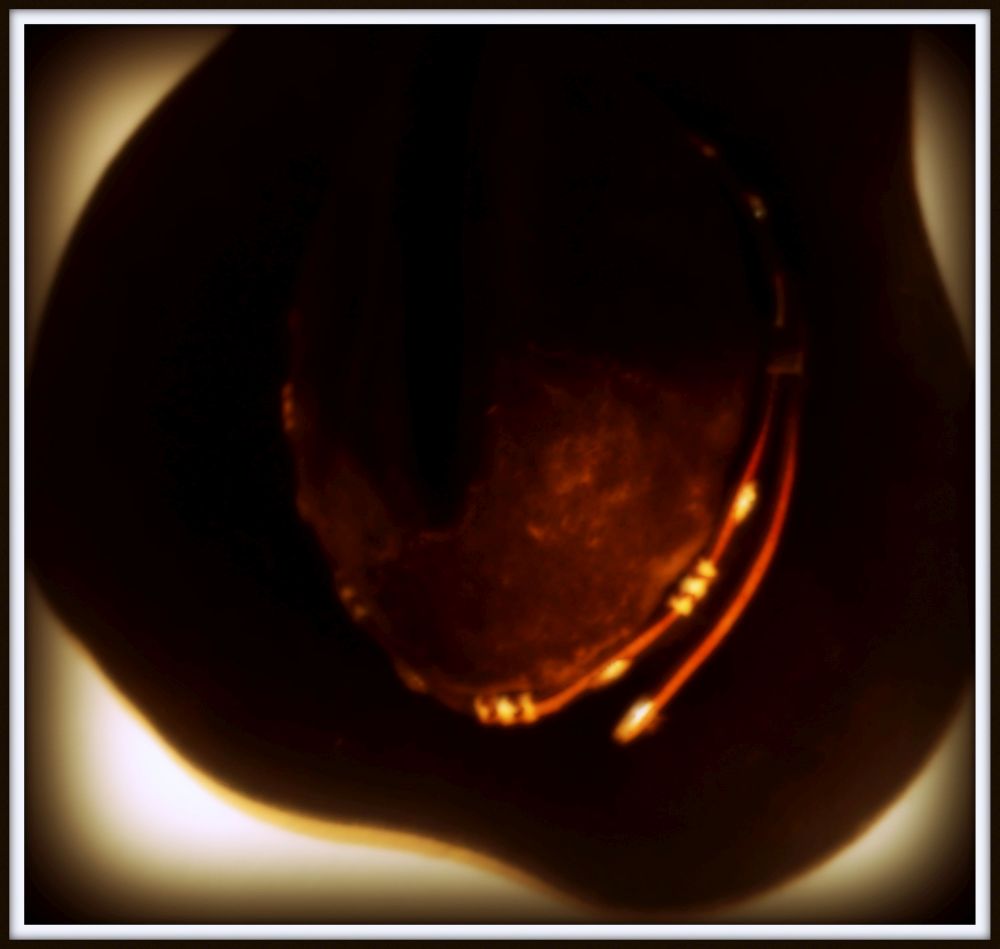

Saatchi Gallery Where I have Artist Representation and Do A Good Number Of My Shows
Saatchi Gallery
From Wikipedia, the free encyclopedia
This article is outdated. Please update this article to reflect recent events or newly available information. (November 2013)Saatchi Gallery
![]()
Location within Central London
Established1985LocationDuke of York's Headquarters,King's Road, London SW3, England, United KingdomCoordinates 51.4906°N 0.1589°WVisitors
51.4906°N 0.1589°WVisitors
1,190,062 (2012)[1]
Public transit accessSloane Square
Websitewww.saatchi-gallery.co.uk
The Saatchi Gallery is a London gallery for contemporary art, opened by Charles Saatchi in 1985 in order to exhibit his collection to the public. It has occupied different premises, first in North London, then the South Bank by the River Thames, and finally in Chelsea, its current location. Saatchi's collection—and hence the gallery's shows—has had distinct phases, starting with US artists and minimalism, moving to the Damien Hirst-led Young British Artists, followed by shows purely of painting, and then returning to contemporary art from America in USA Today at the Royal Academy in London. A 2008 exhibition of contemporary Chinese art formed the inaugural exhibition in the new venue for the gallery at the Duke of York's HQ.
The gallery has been an influence on art in Britain since its opening. It has also had a history of media controversy,[2] which it has actively courted, and has earned extremes of critical reaction. Many artists shown at the gallery are unknown not only to the general public but also to the commercial art world; showing at the gallery has provided a springboard to launch careers.[citation needed]
In 2010, it was announced that the gallery would be given to the British public, becoming the Museum of Contemporary Art for London.[3]
Below are a couple of art pieces my art is safely & equally comparable to complimentary of google images"$95 prints", these images below are a couple of pieces that sell for the same prices as my top quality art, such as my Pieces Mulan, and Three's A Crowd, also shown below. Please be aware I feel at times for certain pieces of mine they may have more value to me than the museums I exhibit with, that is also why I may have a High Original Art sale price and low Art Print Sale Price, that's just a heads up. My art is evaluated and juried at times, which may also affect the prices of my work.
A List Of My Supplies Equipment And Software: My Trade Skills
1)Pencils Colored Pencils & Paper total cost $15 each time you run out My total investment to create my art is
2) Canon Printer Scanner cost $34 $489 EACH PIECE
3)Canon Rebel XTI Zoom Lens And Stabilizer Lens and misc camera supplies cost $190
4) Software Picasa Irfaniview And Sometimes Photoshop CS2, and or online digitial sketching software such as Photofunia and pho.to
5) Laptop and or PC cost $200-$500 average cost for the general public, the personal cost of my PC and Laptop was $250.
6) Internet cost $30
Note I dont count my laptop and or pc when getting price estimates of my art because they were purchased than gifted to me in a sense but I should use the cost of them because its in the value really aswell as the factual cost value may count as cost after all value is value, the price of my cost I use for my estimates is around $200 give or take. I run a Canon Buisness aswell as an Art Gallery. This does not include labor and skill cost value.

My Version Of Mason Jar Art Example Image My Version of the Piece is evaluated and valued at the same price as the originated versions prints.




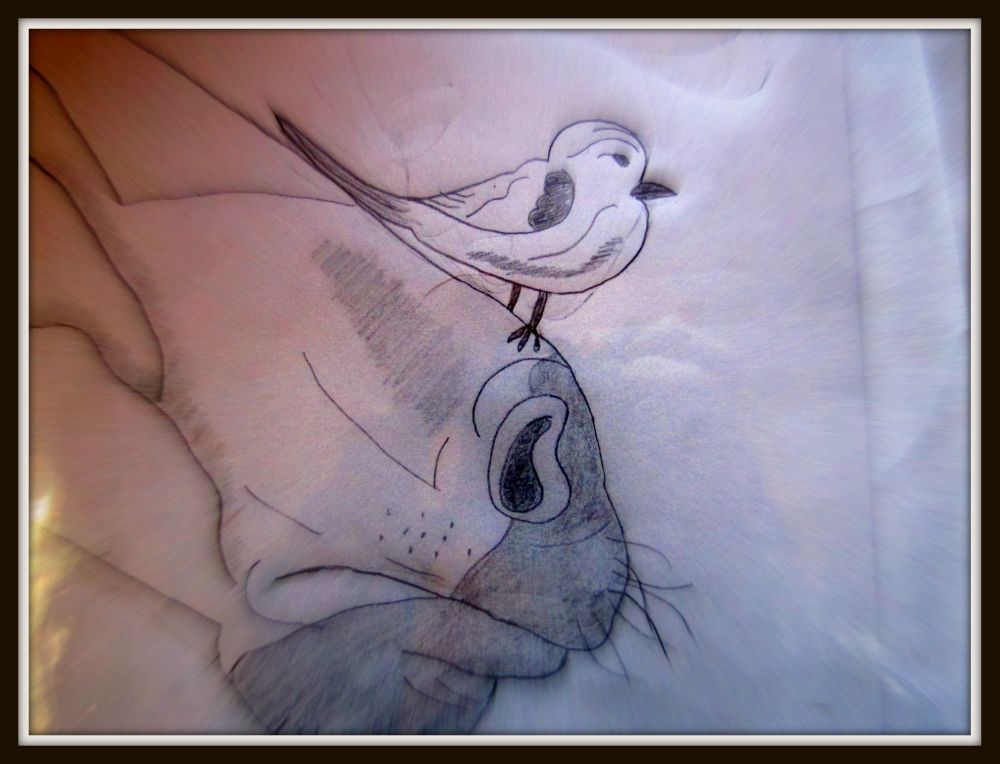
Welcome To My Elegantly Hand Crafted And Personally Curated Online Art-Show Gallery Booth!!!
My prints are available in canvas so if you desire the original painting look and feel that option is available, I try to make my art purposely look similar to that of a painting.
About My Donations Read Below
Wikimedia Common
Established
iˈstabliSHt/
adjective
-
1.
having been in existence for a long time and therefore recognized and generally accepted.
"the ceremony was an established event in the annual calendar"
synonyms:accepted, traditional, orthodox, habitual, set, fixed, official; More
-
2.
(of a church or religion) recognized by the government as the national church or religion.
Wikimedia Commons is an online repository of free-use images, sound, and other media files. It is a project of the Wikimedia Foundation. Wikipedia
ded·i·cate
ˈdedəˌkāt/
verb
-
devote (time, effort, or oneself) to a particular task or purpose.
"Joan has dedicated her life to animals"
synonyms:devote, commit, pledge, give, surrender, sacrifice; More
-
devote (something) to a particular subject or purpose.
"you should dedicate a telephone line to each modem you plan to install"
-
cite (a book or other artistic work) as being issued or performed in someone's honor.
"the novel is dedicated to the memory of my mother"
"a book dedicated to his muse"
-
Certificate Of Authenticity
You are here: Home > Authentication > COA http://www.artexpertswebsite.com/authentication/certificates-coa.php
It is important to obtain a Certificate of Authenticity (COA) for any work of art you want to sell, donate for a tax deduction or insure.
The certificate is confirmation that the artwork has been researched and analyzed. It means that Art Experts has been found it to be an original and authentic work by a particular artist and will stand behind that opinion.
How can I obtain a COA (Certificate of Authenticity)?
The number of steps required to prove authenticity depends on the nature and complexity of the artwork. We may recommend the following:
- Physical examination of the artwork
- Technical or stylistic analysis
- Documentary research
- Scientific and forensic testing
Please Read
I currently own thousands of dollars in original insurable fine art assets and reproduction art assets authentically hand crafted by myself, and ready for print reproduction. I am a well established professional artist, and am proud of the art I create. I also own a Canon business, I'm officially a small business llc. I also work solo.
I produce Fine and Folk Art with two prominent styles, surrealism and realism, sometimes both combined into one piece of artwork. You may often find me donating art to the general public, or specified entities such as wikimedia, or you may find me gifting projects to individuals and or organizations and businesses. Example Below is a donation I made, please be aware you may still purchase these pieces of art as a print for those of you who are interested and dont have access to printing equipment or just want a professionally printed copy, but just so you know I did make a donation of the ones listed on wikimedia below as you scroll the page. they are between 1000x1069 megapixels and 300x2178 megapixels resolution, so if you try to enlarge any larger than that you will lose resolution, hence why I still have it for sale as prints. Just making things easier for you or you can save it to your pc, and print it out at that resolution whichever works for you. It means alot to me to be able to make contributions and do my part in society and the environment, it is priceless.
another piece that was donated https://commons.wikimedia.org/wiki/File:Grumpy_Series.jpg It is of Dopey under Dopey Grumpy Series Snow White Walt Disney.
another piece which is dedicated in memory of St. Jude Childrens Hospital https://commons.wikimedia.org/wiki/File:Cinderella_Framed_Done_In_Colored_Pencil_and_Mechanical_Pencil.jpg
Donations Dedicated In Living Memory Of St. Jude Children's Research-Hospital! Both Donations are of significant value in the art industry!!!!
Cinderella herself is in the style of a painting done in pencil and colored pencil, she is valued at $60 each print, and Cinderella Carriage is done in the style of retro art similar to a painting aswell and is valued at $95 each print. NOTE THEY ARE A SET. These are memorialized and donated to the public.
File:Cinderella Carriage Dedication In Living Memory Of St. Jude Children's Hospital.jpg
From Wikimedia Commons, the free media repository
 Download
Download Use this file
Use this file![]() Use this file
Use this file Email a link
Email a link Information
Information
Size of this preview: 800 × 583 pixels. Other resolutions: 320 × 233 pixels | 640 × 467 pixels | 1,024 × 746 pixels | 1,280 × 933 pixels | 3,000 × 2,187 pixels.
Original file (3,000 × 2,187 pixels, file size: 512 KB, MIME type: image/jpeg); ( request rotation); ZoomViewer: flash/no flash
request rotation); ZoomViewer: flash/no flash
Open in Media ViewerConfiguration
Summary[edit]
Description
English: FYI Print Valued at $95 each Has SIGNED COA Available
Date1 February 2007, 13:48:06SourceOwn workAuthorSmejias
Donation in DedicationTo Saint Jude Children's Reasearch hospital available to the public.
Licensing[edit]
I, the copyright holder of this work, hereby publish it under the following license:
![]()
![]()
![]() This file is licensed under the Creative Commons Attribution-Share Alike 4.0 International license.You are free:
This file is licensed under the Creative Commons Attribution-Share Alike 4.0 International license.You are free:
- to share – to copy, distribute and transmit the work
- to remix – to adapt the work
Under the following conditions:
- attribution – You must attribute the work in the manner specified by the author or licensor (but not in any way that suggests that they endorse you or your use of the work).
- share alike – If you alter, transform, or build upon this work, you may distribute the resulting work only under the same or similar license to this one.
File history
Click on a date/time to view the file as it appeared at that time.
Date/TimeThumbnailDimensionsUserCommentcurrent16:07, 14 February 2016 3,000 × 2,187 (512 KB)Smejias (talk | contribs)User created page with UploadWizard
3,000 × 2,187 (512 KB)Smejias (talk | contribs)User created page with UploadWizard
File usage on Commons
There are no pages that link to this file.
Metadata
This file contains additional information, such as Exif metadata, probably added from the digital camera or scanner used to create or digitize it. If the file has been modified from its original state, some details may not fully reflect the modified file. The timestamp is only as accurate as the clock in the camera, and it may be completely wrong.Camera manufacturerCanonCamera modelCanon EOS DIGITAL REBEL XTiAuthorPicasaExposure time1/60 sec (0.016666666666667)F-numberf/4.5ISO speed rating1,600Date and time of data generation13:48, 1 February 2007Lens focal length44 mmShow extended details
Categories (++):
File:Cinderella Framed Done In Colored Pencil and Mechanical Pencil.jpg
From Wikimedia Commons, the free media repository
 Download
Download Use this file
Use this file![]() Use this file
Use this file Email a link
Email a link Information
Information
Size of this preview: 550 × 600 pixels. Other resolutions: 220 × 240 pixels | 440 × 480 pixels | 704 × 768 pixels | 939 × 1,024 pixels | 1,487 × 1,621 pixels.
Original file (1,487 × 1,621 pixels, file size: 246 KB, MIME type: image/jpeg); ( request rotation); ZoomViewer: flash/no flash
request rotation); ZoomViewer: flash/no flash
Open in Media ViewerConfiguration
Summary[edit]
Description
English: Cinderella Memory In Dedication to St. Jude Childrens Hospital
Date1 January 1980, 00:02:49SourceOwn workAuthorSmejias
Licensing[edit]
I, the copyright holder of this work, hereby publish it under the following license:
![]()
![]()
![]() This file is licensed under the Creative Commons Attribution-Share Alike 4.0 International license.You are free:
This file is licensed under the Creative Commons Attribution-Share Alike 4.0 International license.You are free:
- to share – to copy, distribute and transmit the work
- to remix – to adapt the work
Under the following conditions:
- attribution – You must attribute the work in the manner specified by the author or licensor (but not in any way that suggests that they endorse you or your use of the work).
- share alike – If you alter, transform, or build upon this work, you may distribute the resulting work only under the same or similar license to this one.
7 Pieces total , of recent have been donated to the general public and several are memorialized.
File:Mulan Walt Disney Character Dedication In Living Memory To Sabrina Mejias Nieces.jpg
From Wikimedia Commons, the free media repository
 Download
Download Use this file
Use this file![]() Use this file
Use this file Email a link
Email a link Information
Information
Size of this preview: 435 × 600 pixels. Other resolutions: 174 × 240 pixels | 348 × 480 pixels | 1,000 × 1,379 pixels.
Original file (1,000 × 1,379 pixels, file size: 183 KB, MIME type: image/jpeg); ( request rotation)
request rotation)
Open in Media ViewerConfiguration
Summary[edit]
Description
English: Mulan Walt Disney
Date26 January 2007, 07:54:50SourceOwn workAuthorSmejias
Licensing[edit]
I, the copyright holder of this work, hereby publish it under the following license:
![]()
![]()
![]() This file is licensed under the Creative Commons Attribution-Share Alike 4.0 International license.You are free:
This file is licensed under the Creative Commons Attribution-Share Alike 4.0 International license.You are free:
- to share – to copy, distribute and transmit the work
- to remix – to adapt the work
Under the following conditions:
- attribution – You must attribute the work in the manner specified by the author or licensor (but not in any way that suggests that they endorse you or your use of the work).
- share alike – If you alter, transform, or build upon this work, you may distribute the resulting work only under the same or similar license to this one.
 This media file is uncategorized.
This media file is uncategorized.
Please help improve this media file by adding it to one or more categories, so it may be associated with related media files (how?), and so that it can be more easily found.
Please notify the uploader with
{{subst:Please link images|File:Mulan Walt Disney Character Dedication In Living Memory To Sabrina Mejias Nieces.jpg}} ~~~~
File history
Click on a date/time to view the file as it appeared at that time.
Date/TimeThumbnailDimensionsUserCommentcurrent20:11, 13 February 2016 1,000 × 1,379 (183 KB)Smejias (talk | contribs)User created page with UploadWizard
1,000 × 1,379 (183 KB)Smejias (talk | contribs)User created page with UploadWizard
File usage on Commons
There are no pages that link to this file.
Metadata
This file contains additional information, such as Exif metadata, probably added from the digital camera or scanner used to create or digitize it. If the file has been modified from its original state, some details may not fully reflect the modified file. The timestamp is only as accurate as the clock in the camera, and it may be completely wrong.Camera manufacturerCanonCamera modelCanon EOS DIGITAL REBEL XTiAuthorPicasaExposure time1/60 sec (0.016666666666667)F-numberf/5.6ISO speed rating1,600Date and time of data generation07:54, 26 January 2007Lens focal length28 mmShow extended details
File:Reproduction photography.jpg
From Wikimedia Commons, the free media repository
 Download
Download Use this file
Use this file![]() Use this file
Use this file Email a link
Email a link Information
Information
Size of this preview: 800 × 512 pixels. Other resolutions: 320 × 205 pixels | 640 × 409 pixels | 1,024 × 655 pixels | 1,280 × 819 pixels | 3,387 × 2,166 pixels.
Original file (3,387 × 2,166 pixels, file size: 3.91 MB, MIME type: image/jpeg); ( request rotation); ZoomViewer: flash/no flash
request rotation); ZoomViewer: flash/no flash
Open in Media ViewerConfiguration
Summary[edit]
Description
English: Reproduction Art, I produced this piece with a piece of art I picked up at the swap meat Medford Oregon for $2 took Photo of it and wanted to share it with my fans as fan art.
Date3 February 2007, 21:46:55SourceOwn workAuthorSmejias
Licensing[edit]
I, the copyright holder of this work, hereby publish it under the following license:
![]()
![]()
![]() This file is licensed under the Creative Commons Attribution-Share Alike 4.0 International license.You are free:
This file is licensed under the Creative Commons Attribution-Share Alike 4.0 International license.You are free:
- to share – to copy, distribute and transmit the work
- to remix – to adapt the work
Under the following conditions:
- attribution – You must attribute the work in the manner specified by the author or licensor (but not in any way that suggests that they endorse you or your use of the work).
- share alike – If you alter, transform, or build upon this work, you may distribute the resulting work only under the same or similar license to this one.
File history
Click on a date/time to view the file as it appeared at that time.
Date/TimeThumbnailDimensionsUserCommentcurrent00:09, 17 February 2016 3,387 × 2,166 (3.91 MB)Smejias (talk | contribs)User created page with UploadWizard
3,387 × 2,166 (3.91 MB)Smejias (talk | contribs)User created page with UploadWizard
File usage on Commons
There are no pages that link to this file.
Metadata
This file contains additional information, such as Exif metadata, probably added from the digital camera or scanner used to create or digitize it. If the file has been modified from its original state, some details may not fully reflect the modified file. The timestamp is only as accurate as the clock in the camera, and it may be completely wrong.Camera manufacturerCanonCamera modelCanon EOS DIGITAL REBEL XTiAuthorPicasaExposure time1/60 sec (0.016666666666667)F-numberf/4.5ISO speed rating1,600Date and time of data generation21:46, 3 February 2007Lens focal length44 mmShow extended details
Hidden categories:
File:Young Cheyenne Warrior.jpeg My donation https://commons.wikimedia.org/wiki/File:Young_Cheyenne_Warrior.jpeg
From Wikimedia Commons, the free media repository
 Download
Download Use this file
Use this file![]() Use this file
Use this file Email a link
Email a link Information
Information
Size of this preview: 513 × 600 pixels. Other resolutions: 205 × 240 pixels | 411 × 480 pixels | 1,000 × 1,169 pixels.
Original file (1,000 × 1,169 pixels, file size: 169 KB, MIME type: image/jpeg); ( request rotation)
request rotation)
Open in Media ViewerConfiguration
Summary[edit]
Description
Native American Warrior
DateSourceOwn workAuthorSmejias
Licensing[edit]
![]() Copyleft: This work of art is free; you can redistribute it and/or modify it according to terms of the Free Art License. You will find a specimen of this license on the Copyleft Attitude site as well as on other sites.
Copyleft: This work of art is free; you can redistribute it and/or modify it according to terms of the Free Art License. You will find a specimen of this license on the Copyleft Attitude site as well as on other sites.
File history
Click on a date/time to view the file as it appeared at that time.
Date/TimeThumbnailDimensionsUserCommentcurrent18:16, 13 February 2016 1,000 × 1,169(169 KB)Smejias (talk | contribs){{Information |Description= Native American Warrior |Source={{own}} |Date= |Author= Smejias |Permission= |other_versions= }}
1,000 × 1,169(169 KB)Smejias (talk | contribs){{Information |Description= Native American Warrior |Source={{own}} |Date= |Author= Smejias |Permission= |other_versions= }}
File usage on Commons
There are no pages that link to this file.
Metadata
This file contains additional information, such as Exif metadata, probably added from the digital camera or scanner used to create or digitize it. If the file has been modified from its original state, some details may not fully reflect the modified file. The timestamp is only as accurate as the clock in the camera, and it may be completely wrong.Camera manufacturerCanonCamera modelCanon EOS DIGITAL REBEL XTiAuthorPicasaExposure time1/60 sec (0.016666666666667)F-numberf/5.6ISO speed rating1,600Date and time of data generation06:02, 29 January 2007Lens focal length54 mmShow extended details
Categories (++): (+)
Hidden category:
Navigation menu
More
Participate
Tools
- This page was last modified on 13 February 2016, at 18:16.
Surreal
of, relating to, or characteristic of surrealism, an artistic and literary style; surrealistic. 2. having the disorienting, hallucinatory quality of a dream; unreal; fantastic: surrealcomplexities of the bureaucracy.
Realism
An attempt to make art and literature resemble life.Realist painters and writers take their subjects from the world around them (instead of from idealized subjects, such as figures in mythology or folklore) and try to represent them in a lifelike manner.
https://www.google.com/?gws_rd=ssl#q=surreal+artists
Saved estimates
http://www.artpricecalculator.com/
My Art Prints Are Valued At $766 For 24x30 in & $260 For 8x11 in Each See Details Below
My prints are currently for sale between $40 and $290 each their valued at $766 for 24x30 in. and $260 for 8x11 in. depending on their variations and quality, they can be sold signed and certified, fyi we are aware that some are well under priced. I don't guarantee satisfaction but I can guarantee my valued estimates which are either done by me or generated online. Note I guarantee ESTIMATES only not actual appraisals. 24x30 in prints are currently unnavailable, we have 12x16 in and the largest is around 40 x ? in. different pieces vary in sizes, these estimates are an example of what my art is valued at at different sizes. This is just an estimate.
un·der·price
ˌəndərˈprīs/
verb
past tense: under-priced; past participle: under-priced
-
sell or offer (something) at too low a price.
"we try not to underprice our books, while making sure they are still a good buy"
-
sell or offer something at a lower price than (the competition).
"Wal-Mart has underpriced its traditional competitors"
-
- Title:SAMejias Art Price Estimate
-
About this piece:
- #1 Estimate 24x30 Inches
- Price estimate:$766
- Size:24x30 Inches
- Original or print:Print
- Cost of materials:$190
- Note Materials are: Pencils including Colored Paper DSLR Canon Camera Lens Internet and Computer Programs And Services
- Medium:Drawing / illustration
- Style:Surreal
- Confidence:25%
-
About this piece:
-
- #2 Estimate 8x11 Inches
- Price estimate:$260
- Size:8x11 Inches
- Original or print:Print
- Cost of materials:$190
- Medium:Drawing / illustration
- Style:Surreal
- Confidence: 25%
-
-
If you're online, we send the details you provide to our server, which uses a database containing thousands of real-world art examples to calculate its best guess, based on a proprietary algorithm. The program also lets you know how accurate it thinks its guess is for your work, represented in green and in text below the graph. We will be updating the database often with newer, more accurate information, so estimates with the same specs might return results that vary a little bit here or there. If you're offline, we use a simplified version of the online calculation. Because we can't get the most up-to-date data for the estimate, you'll see that every offline estimate has a maximum 25% confidence level. To get the most accurate estimates, please make sure you are online when using this tool. -
What Is an Original Print (and How Do Art Fairs Define Originality)?
01/11/2012 06:21 pm ET | Updated Mar 12, 2012
-
Daniel GrantArts Writer
Go to any number of art fairs and art galleries, and you will find prints for sale among the paintings and sculptures. They are prints, because they were printed by some means, but after that it may not be clear at all how they should be described, and we quickly get into fighting words. Are they "original" or "fine art" prints --defined by the Print Council of America as an image drawn or etched or engraved on some surface by the artist, who prints a limited number of the pieces by hand (or personally supervises someone else doing it), then signs and numbers the individual prints and defaces the printing plate -- or reproductions (a photograph of a unique painted image that is used to create copies)?
Many art galleries refuse to sell reproductions, and quite a few fair and festival sponsors either won't allow them or require them to be kept in a bin, unframed, labeled as a reproduction with information on how it was produced. For instance, in its rules for artists, the Ann Arbor Street Art Fair in Mich. only permits "original, handcrafted work" and disallows "commercial reproductions." The Cherry Creek Arts Festival in Denver, Co. takes the hard-line approach ("Absolutely no reproductions are allowed"), and the Winter Park Sidewalk Art Festival in Floridaprohibits any and all reproductions, including note cards and catalogues, as well as giclées, only permitting "scanned images of the artist's original work that have been significantly manipulated or enhanced into the final piece." Similarly, the Rittenhouse Square Fine Arts Association in Philadelphia doesn't allowreproductions in its annual show, because "people would rather own originals," said the association's executive director. "Money spent for reproductions takes away from what people might spend on originals."
Maybe, but in the current economy many people are feeling less able to afford original art, "but they still like art and want to buy something," said the vice president of the Vero Beach Art Club, which has held an annual Under the Oaks art festival in March since 1952. That festival had been an originals-only event but began allowing reproductions a few years back, "because we want people to be happy." Similarly, the Wickford Art Festival in Rhode Island changed its policies in 2008 to allow reproductions, "because of the way the economy has been going," said Francie Christophersen, who chairs the festival. The rules could be changed again to disallow any and all reproductions, "but that probably won't happen."
Not only buyers but artists have been pressuring fairs and festivals to change their policies to permit reproductions. "In these difficult times," watercolor artist Barbara Groenteman of Naples, Fla., said, "it makes sense to let artists bring things that actually sell." She noted that the sale of reproductions comprises two-thirds of her income. For Greg Stones, a painter in Greenville, R.I., "about a third of my income comes from prints, and it's creeping up toward half. Without prints, I wouldn't be able to make a living as an artist." The situation is not quite as make-or-break for Sandy Askey-Adams, a watercolor painter and pastel artist in Churchville, Penn., but she noted that selling "less expensive reproductions for buyers who can't afford originals has created a secondary market" for her work.
At these shows, most of the reproductions are digital prints, often called "giclées," in which the photographic image is scanned into a computer that produces copies using high-end ink jet printers. The process to produce a giclée is somewhat more expensive than the older style poster reproduction (called an offset lithograph), and the inks that are used contain actual color pigments rather than dye, which adds to their brilliance and longevity. Even more significant is the fact that these digital prints are often printed onto higher quality surfaces, such as handmade and watercolor papers or even canvas, which gives the final product the look and textural feel of original art. A giclée of a watercolor can look identical to the original. Because of the process and the result, digital prints are priced much closer to the originals than the older offsets.
However, the similarities have shaded into deception from time to time. Artists at the Rittenhouse Square show, the Wickford Art Festival and the Massachusetts-based Paradise City Arts Festival have been asked to take down their booths and leave when they have made claims that their giclées are originals. "We have people going around from booth to booth, with magnifying glasses, checking what's on the walls, because the average person can't tell the difference," the vice-president of the Vero Beach Art Club said. One may see with a magnifier the closely spaced dots of color that form the image in a reproduction, whereas a fine art print or a painting is composed of continuous lines of color. At times, artists embellish their giclée prints by painting on top of them, obscuring the dots, and then describe the finished pieces as originals (perhaps in a mixed-media category), all of which adds more confusion.
The most overt example of alleged deception has involved Park West Gallery of Southfield, Mich., which provides artwork that is auctioned on cruise ships (as part of their entertainment programming), and has been the subject of a series of lawsuits for allegedly selling fakes and other works with over-inflated valuations. Royal Caribbean, Celebrity, Norwegian, Carnival, Disney, Holland America, Regent and Oceania lines all have held on-board auctions that have netted Park West up to $300 million annually, selling works by such artists as Salvador Dali, Joan Miro, Pablo Picasso and Peter Max.
Negotiating the changes in fair and festival policy has taken into account the potential for confusion. The Sarasota Masters Art Festival in Naples, Fla. permits reproductions, but they must be placed in bins that are no larger than 4'x4' and conspicuously labeled "Reproduction." Additionally, all digital reproduction prints must be identified as a giclée, with an explanation of the technical process attached to the back of each piece. Paradise City Arts Festival does not permit giclées to be framed or hung on booth walls, and the Market Square Art Fair in Knoxville, Tenn. ("We believe it is important to offer the public the chance of buy reproductions, hoping that they will move on to original work when possible") requires all reproductions to be labeled "reproductions" rather than "print," "offset lithography" or "giclée." (Presumably, just the foreign-ness of the word "giclée" could be a point of confusion.) Getting even more specific, the Rising Run Festival of Arts and Crafts in Indiana requires all reproductions to be "properly signed and numbered," and the Sausalito Art Festival in California demands that reproduction "[e]ditions may not exceed 450."
A growing number of fair and festival sponsors have added the category of "digital art" as a realm of original art. The Ann Arbor Street Art Fair defines this as artwork "in which the original image, or the manipulation of other source material, was executed by the artist using the computer. Work must be editions, signed and numbered, on archival papers, inks and emulsions." The original image may be a painting by the artist that is PhotoShopped in some way that makes it different than the painting, but it is not stated how much "manipulation" is required to keep the final product from being a reproduction. One can foresee fair sponsors debating questions of art and technology far into the future.
-


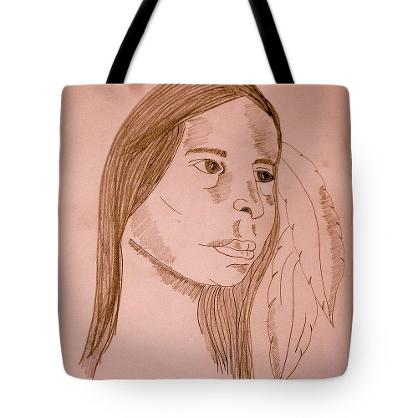
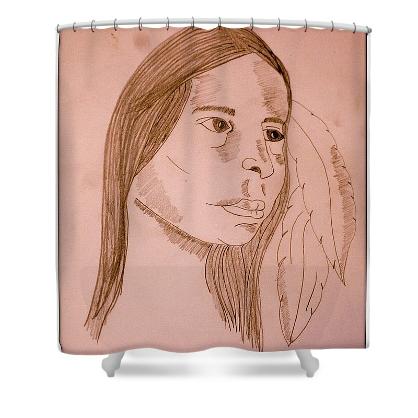
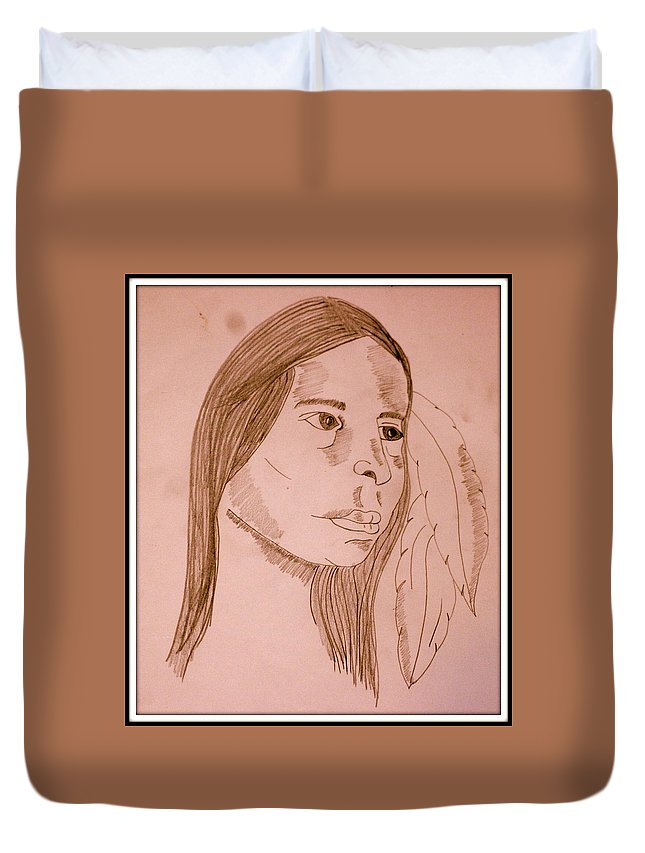
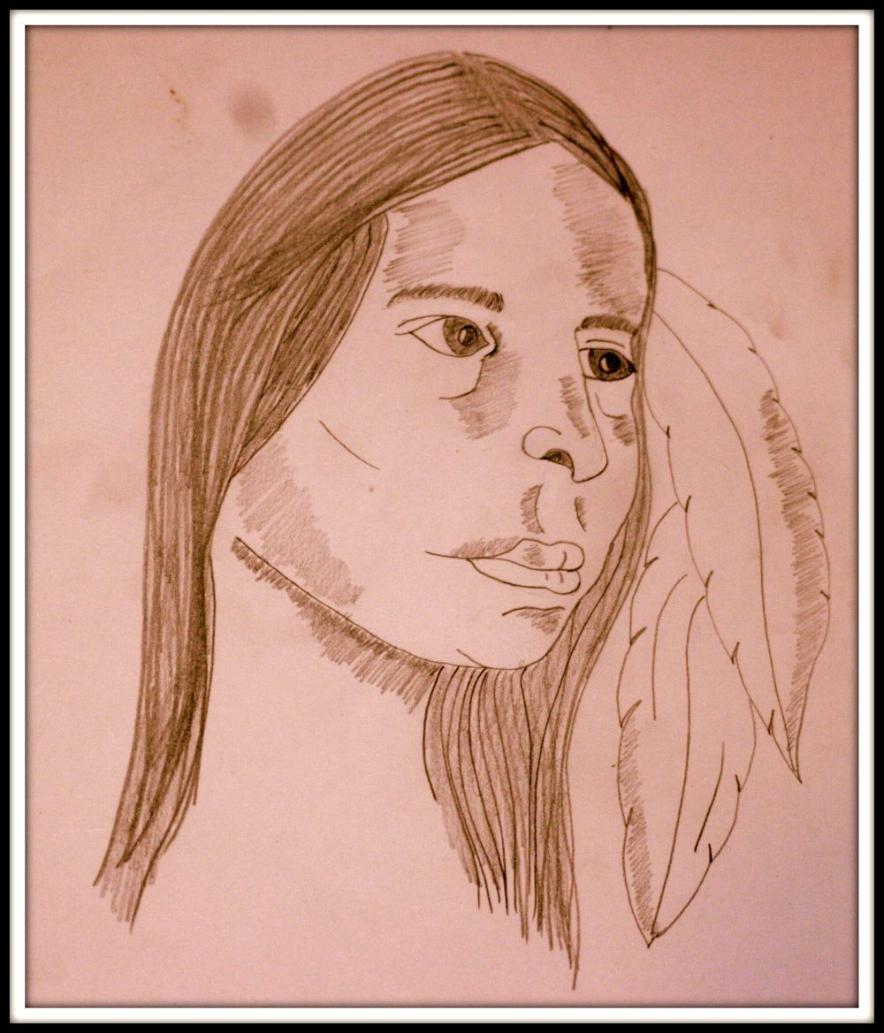
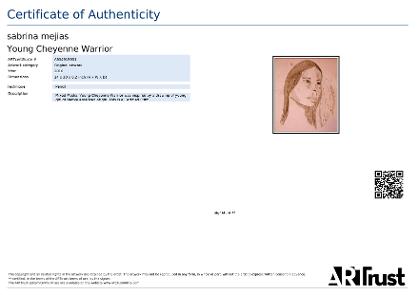

Copyright Sabrina Anna Mejias
About This Piece:
Young Cheyenne Warrior was inspired by a drawing of a young Native American Girl, and was transformed into a male figure, based on an actual unnamed person, Sabrina's current Boyfriend. Sabrina's Boyfriend owns a personal sketch of himself, and she wanted to match it, by creating her own version of his self protrait. This piece is dedicated in memory to this male friend. It is known this friend is of Cherokee descent, she named the portrait Young Cheyenne Warrior, for convenience and marketing purposes. Created 2016 Pencil Paper DSLR Picasa Irfanview
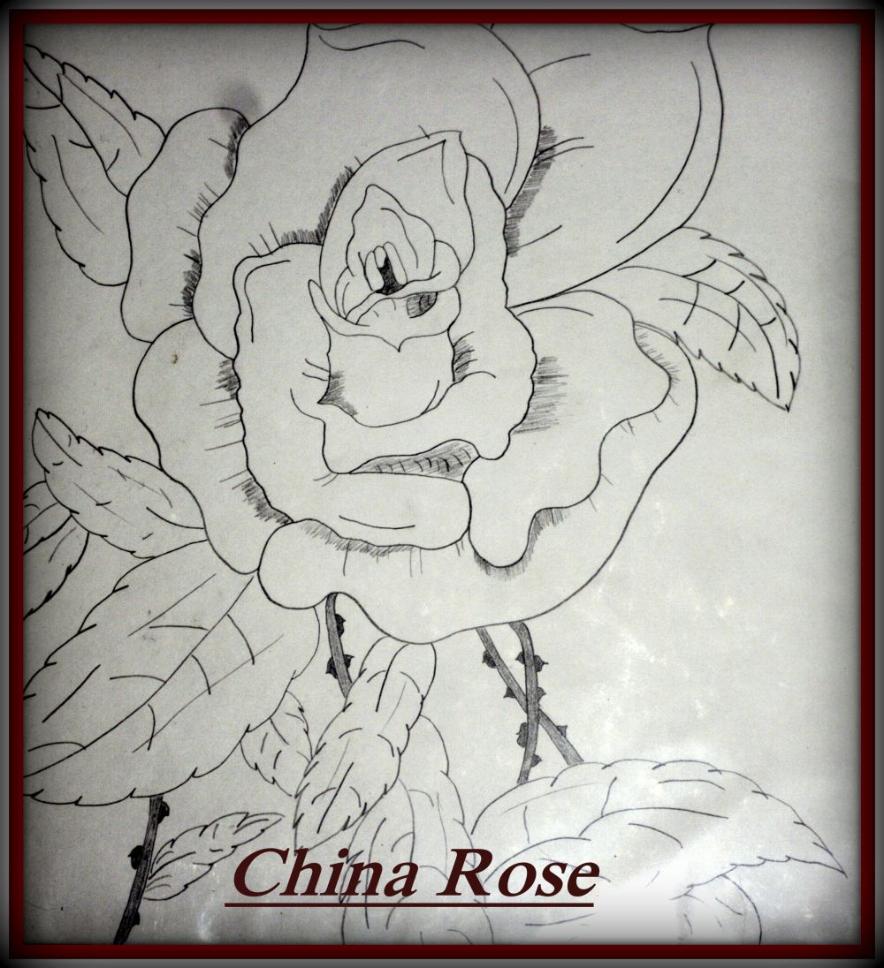

Sales Sheet Below


Authentic Original And Reproduction Prints
Showcased High End Classy Art!!!
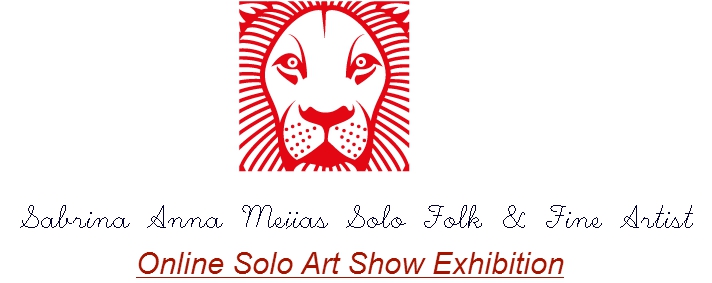
Artist Achievements:
My Artist Achievements consist of A degree I was awarded in Art, A Photo Gallery Image that is on an Assignment called Capturing Action for National Geographic's YourShot, and a 100 page Illustration Book I have successfully completed and published, in which I am consistantly adding to it, note: I am working on the front and back pages.
Documentation of cultural property From Wikipedia, the free encyclopedia
https://en.wikipedia.org/wiki/Documentation_of_cultural_property
The examples and perspective in this article deal primarily with the United States and do not represent a worldwide viewof the subject. Please improve this article and discuss the issue on the talk page. (May 2015) The documentation of cultural property is a critical aspect of collections care. As stewards of cultural property, museums collect and preserve not only objects but the research and documentation connected to those objects, in order to more effectively care for them. Documenting cultural heritage is a collaborative effort. Essentially, registrars, collection managers, conservators, and curators all contribute to the task of recording and preserving information regarding collections. There are two main types of documentation museums are responsible for: records generated in the registration process—accessions, loans, inventories, etc. and information regarding research on objects and their historical significance. Properly maintaining both types of documentation is vital to preserving cultural heritage.[1] Historical paper files Contents [hide] 1History 2Types of documentation 2.1Accessions 2.2Inventories 2.3Loans and exhibitions 2.4Conservation treatment 2.5Curatorial and art historical information 2.6Risk management 2.7Deaccessions 3Documenting contemporary art 4Cataloging standards 4.1Numbering and marking 4.2Categories and authority lists 5Documentation management systems 5.1CMS 5.2DAMS 6Preservation 6.1Archives 6.2Backup 6.3Data transfer 7See also 8References 9External links History[edit] Computer databases have become essential to the documentation of cultural property Practices for recording information about museum collections began developing in the late eighteenth century. Early collection control systems evolved from library prototypes, borrowing the idea of a sequential numbering system and accession ledgers to connect objects and the information about those objects. In the mid 1900s, formal registration training programs began appearing, and standards for documenting cultural collections were established. It was not until the late 1990s when computers became commonplace that any other major breakthroughs occurred in the documentation and object tracking methods of museums.[2] Types of documentation[edit] A comprehensive object file contains many different types of documentation, following the object through its life cycle. Some of the various events or facets of an object's life that require documentation are listed below:[3] Accessions[edit] Acquiring objects, whether temporarily for loan or consideration or permanently for the collection, requires a great deal of documentation. Once an institution accepts responsibility for the care of an object, certain legal obligations are imposed: the item must be properly stored, maintained, conserved, and made available for the benefit of the public.[4] Documenting activities pertaining to the stewardship of cultural property can be helpful in recording and assessing the fulfillment of these obligations. Before an object even arrives at an institution, the first piece of documentation produced is an Initial Custody Agreement. This document contains contact information for the owner/source of the object; intention for the outcome of this transaction—gift, loan, purchase, or bequest; responsibilities for insurance, packing, and shipping; and a description of the object.[5] If the object is to be formally accessioned into the permanent collection, a Transfer of Title is also required upon the object's arrival. The documentation required for a transfer of title could be a Deed of Gift or a sale slip. As part of the standard accessioning process, condition reports are also created, numbers are assigned and marked, and photographs can be taken. These initial documents are the beginning of the object's file. If supplementary documentation, such as Donor and Provenance Questionnaires and research files pertaining to the object's history or context/art historical significance are available, they can be included in the file as well. Documentation of the provenance of a work of art has long been a valuable component of art historical research. In addition to providing insight into the history of art collecting, it can serve as a way to authenticate an object and determine conservation priorities.[6] Inventories[edit] The creation and maintenance of a reliable, accurate, and up-to-date inventory is critical to any collecting institution. Institutions document their collections in order to preserve them and make them accessible to the public. Inventories support the responsible stewardship and preservation of cultural property by identifying objects that require conservation, identifying objects that may require improved storage conditions in order to prevent or mitigate deterioration, documenting the location and movement history of an object for security purposes, documenting the collection in the event of a catastrophic loss, enabling and inviting research on the collection, identifying poorly or undocumented objects so that they may be better researched and documented, identifying missing objects so that appropriate action may commence, and facilitating day-to-day management of the collection.[7] Because inventories can require a sizable commitment of time and planning from staff, a complete, comprehensive inventory is usually conducted anywhere between every five to ten years. In between complete inventories, partial inventories and spot checks are conducted. Loans and exhibitions[edit] Other events in an object's life that require standard documentation procedures are loans—both outgoing and incoming—and exhibitions. Before an object is approved for either loan or exhibition, a condition report is usually recorded to determine whether the object is fit for travel and display. Condition reports provide valuable information about an object's state of preservation at a particular moment in time. They can be conducted by both collections managers/registrars and conservators, and can be crucial in benchmarking the types and/or rate of deterioration and documenting an object's condition history in order to prepare for its care in the future. Condition reports document any obvious blemishes, instabilities, old repairs, and pre-existing conditions.[8] Some of the tools needed to conduct examinations and thoroughly document an object's condition are soft lead pencils, examination forms, a camera, a cloth tape measure, clean white cotton or nitrile gloves, padded muslin rolls and blocks, a flashlight, ultraviolet light, and magnification. When considering outgoing loans, institutions can also request a General Facility Report form to verify that the borrowing museum meets the lending institution's minimum standards of climate control and security. Once a loan is approved, a loan agreement is drafted, which is a binding legal document detailing the minimum requirements of care while the object is in the borrower's possession, packing and transportation arrangements, insurance requirements, guidelines for reproduction and credit, and any other special provisions agreed upon by both institutions. Additional documentation that can accompany travelling objects could also include specific packing instructions with diagrams and an itemized shipping receipt or bill of lading. Copies of all of these documents are stored in the exhibition files, as well as the object's permanent file. An exhibition file could also contain checklists, gallery layouts and lists of object locations, conservation records, computer reports, installation photographs, gallery climate and pest-monitoring records, purchase requisitions, and correspondence relating to the exhibition. Conservation treatment[edit] Before and after photographs of a conservation treatment, Bronze Hui sculpture Documenting conservation treatments is a crucial part of managing collections. There is documentation required pre-treatment, e.g.,proposals and examination results; documentation required post-treatment--reports ; and photographs, which visually document the process before, during, and after treatment. In order to determine the conservation priorities and ideal state of an object, the conservator first consults historical/cultural research and conducts and documents a physical examination of the object. Physical examinations can be useful in understanding materials composition and causes of deterioration, and when properly documented, can provide a reference for future conservators. Proposals also document the justifications for the proposed course of action and treatment goals, using both physical and contextual rationale. Before any treatment begins, the object is thoroughly photographed to document the "before" state. Once the initial stages of the treatment and cleaning have commenced, more photographs are taken to document the "actual state" of the object, free of compensations and old varnishes. During treatment, conservators also document the materials they used, reactions that occurred, information on reversibility, etc. Much of this information can also be summarized in a laboratory master report, which records information that may not be included in final reports, such as reasoning for methods, factors that determine choice of treatment and changes in methodology, material safety data sheets, etc.[9] Final reports can contain this information as well but in less technical detail. A final report consists of "after" photographs, a summary of the work completed compared to the goals of treatment, and the conservator's contact information in case future conservators working on the object have questions about the previous work completed. Any documentation of conservation treatments is also stored in the object's permanent file for ease of accessibility and retrievability. Curatorial and art historical information[edit] Documentation describing the art historical context and significance of an object is important to maintain for research purposes. Typically curators develop this research and catalog their notes in the object file. They often publish their results as well, in order to advance the field and bring new understanding or interpretations to various art historical subjects. Many collections professionals benefit from the creation and maintenance of well-organized art historical documentation and research files. Conservators use this documentation in determining an ideal state for their treatment goals based on artistic intent and historical value. Collections managers use contextual documentation to determine the best storage and handling methods for objects depending on historical use. And other curators and researchers use this information to develop exhibitions and to learn about aesthetic and cultural motives, as well as technical qualities of objects. Risk management[edit] Identifying the risks that an institution faces and documenting the policies and measures in place to mitigate those risks is an important aspect of collections stewardship. Having a comprehensive, written Emergency response plan and Integrated pest management program, improves the museum's ability to minimize overall risk to the collections. Institutions also transfer the assumption of potential risks through the use of Insurance. Museums document and track the amount of insurance coverage they carry on each collection and/or object, as well as any specific provisions or exclusions. Any associated documentation needed for insurance claims, such as valuations and appraisals can also be kept in the object file. Another facet of managing an institution's risks, involves diligently documenting and tracking the copyright status of each object in the collection. In order to avoid copyright infringement and costly legal problems, museum professionals develop standard processes for recording and updating copyright statuses of objects. Deaccessions[edit] When an institution decides to deacession a cultural artifact, documentation discussing the process of consideration for this decision is required. The institution documents the value of the object, the reasons why it is no longer appropriate for the collection—out of scope, deteriorated beyond usefulness, duplicate of other object, etc., and how disposal of the artwork will be executed—private sale, auction, donation to another museum, etc.[10] Written collecting and deaccession policies and procedures that clearly outline the collection priorities and acceptable rationale for deaccessions are also documented for the museum's records. This protects the museum from potential backlash when objects are removed from the collection.[11] Documenting contemporary art[edit] Documenting contemporary art requires a non-traditional approach. As artists increasingly use more ephemeral materials, installations, and digital content to meet their creative needs, the approach to defining the parameters of these new works and how to document them has necessarily evolved. "Traditionally, the documentation of artwork has focused on materiality and issues of authenticity. Materials are undeniably important to the way we understand art. A working knowledge of and familiarity with various media will allow a registrar to forecast storage needs, foster collections care, and recommend exhibition guidelines...but the conceptual core remains the essence of the work. The new challenge is how to effectively document a conceptual work."[12] New strategies for capturing the conceptual core of contemporary artworks include recording perceptions of the work itself, documenting artist questionnaires and interviews to gain insight into intent and philosophy, and recording videos of installation and de-installation processes. Cataloging standards[edit] Adhering to cataloging standards while creating and maintaining documentation is necessary for uniformity and accessibility. "Standards not only promote the recording of information consistently but are also fundamental to retrieving it efficiently. They promote data sharing, improve content management, and reduce redundant efforts. In time, the accumulation of consistently documented records across multiple repositories will increase access to content by maximizing research results. Ultimately, uniform documentation will promote the development of a body of cultural heritage information that will greatly enhance research and teaching in the arts and humanities."[13] Standards can dictate processes like numbering and measuring, as well as data entry methods like choosing which categories of information to include (metadata sets), which words to use (thesauri and authority lists), and how to format data content. Numbering and marking[edit] Numbering and marking an object (usually with the object's accession number) is part of the initial cataloging process, which also includes standard procedures for measuring, photographing, and examining the condition of objects. Marking an object with its accession number (or temporary number if the object will not become part of the permanent collection) is how the object is identified and linked to its documentation. In order to track museum collections, to differentiate between permanent, loan, and subsidiary collections, and to provide access to the documentation of objects in the collection, systematic numbering schemes are used and each unique number is marked or tagged on the objects and prominently noted on all documentation associated with the objects. There are many ways to mark objects with their numbers. Depending on the type of object and desired permanence of the mark, some of the preferred methods include: archival quality paper tags with pencil, barrier coat with ink or paint, adhered labels, labels sewn with cotton tape, Reemay, or Tyvek, pencil directly on object (recommended for paper and photographs mostly), and Bar codes/RFID technology. Categories and authority lists[edit] Another way of controlling collections information to promote accessibility is utilizing standard formats of required data elements and preferred terminology when describing and documenting works of art, architecture, and cultural artifacts, as well as their images.[14] There are numerous guides available for determining which descriptive information is necessary to an object file and how to format that information for ease of accessibility—Categories for the Description of Works of Art (CDWA), Cataloging Cultural Objects (CCO), etc. There are also a number of authority lists and thesauri available to documentation professionals, which can be very helpful in choosing preferred terminology in describing cultural objects. The Getty Research Institute has created comprehensive vocabularies, including The Art and Architecture Thesaurus (AAT), The Getty Thesaurus of Geographic Names (TGN), The Cultural Objects Name Authority (CONA), and The Union List of Artist Names (ULAN). Other valuable tools for professionals documenting cultural property are CAMEO and the American Institute for Conservation of Historic and Artistic Works' Lexicon Project, which are collaborative efforts designed to define and standardize terms used in the description of objects and materials used to conserve objects. Documentation management systems[edit] In order to effectively manage all the documentation required to care for collections, organized systems are necessary. In the early days of museum registration simple paper ledgers were used to track objects, and documentation was stored in file cabinets. Since computers became more commonplace however, practices have evolved and very technologically advanced systems now exist to manage all aspects of collection management in one place.[15] CMS[edit] Implementation of a Collections Management System (CMS) is now customary in museums of all specialties and sizes. A CMS is a database that can track object locations, prepare exhibition lists, create forms (insurance, shipping, loan, etc.), and organize conservation, publication, exhibition, provenance and curatorial information in files on the computer. All the data and documentation that was previously stored in paper object files is now entered or scanned into the CMS. (Paper copies can still be kept for archival purposes.) A flexible and robust CMS is capable of safely and securely storing information about collections objects, while simultaneously enhancing the capacity to share and disseminate cultural information to vast audiences via the internet. DAMS[edit] Another system that is fundamental to controlling and preserving collections documentation is a Digital Asset Management System (DAMS). A DAMS is digital archive that can hold resources (images, audio, and text) as well as the metadata used to describe them. These systems make organization, identification, and retrieval of images and other files more efficient. DAMS are also easily integrated with CMSs, so that as information on the CMS is cataloged and updated, it automatically synchronizes with the DAMS. Preservation[edit] Creating good, well-organized records is a successful start, but preserving that documentation for the benefit of future generations is also paramount. Some methods of initiating long-term preservation of both digital and paper files are delineated below. Institutional Archive Archives[edit] Many institutions maintain archives of their important documents. Documentation pertaining to the institution itself, as well as collections documentation is stored in the institutional archive or the library. Sometimes paper copies of collections files are stored offsite for extra safety and security (and for space considerations). An archive of collections information can have its own collecting policy and arrangement, unrelated to the way documents are organized in the current collections files. It is up to the Archivist to decide how to preserve and organize this collection of documents. Storage requirements for the various types of files in an archive (paper records, photographic material, electronic media, magnetic tape, etc.) are critical to the long-term preservation of the materials. Backup[edit] Information in museum documentation is often duplicated in multiple locations, in order to protect against loss of data. Backups are performed on a regular schedule and stored in separate systems or locations. Data can be duplicated and stored automatically on the system server or copied to external media, such as magnetic tape, optical disks, external hard drives, etc. "For long-term backup, 'live storage' is the most reliable method. The data are continuously rewritten in multiple electronic or physical locations, ensuring that information is not degrading from the effects of time or the failure of one single piece of hardware."[16] Data transfer[edit] Another strategy for ensuring the long-term stability of digital files is to periodically migrate data from one form of media to another—usually from an outdated medium to a more current format. This process applies to both file formats and storage media. Simply transferring data from one medium to another, such as from a CD to DVD, without changing the format of the file, is also a form of preservation called Refreshing. Documentation of any file conversions or media transfers is stored in the records as well for historical reference. See also[edit]
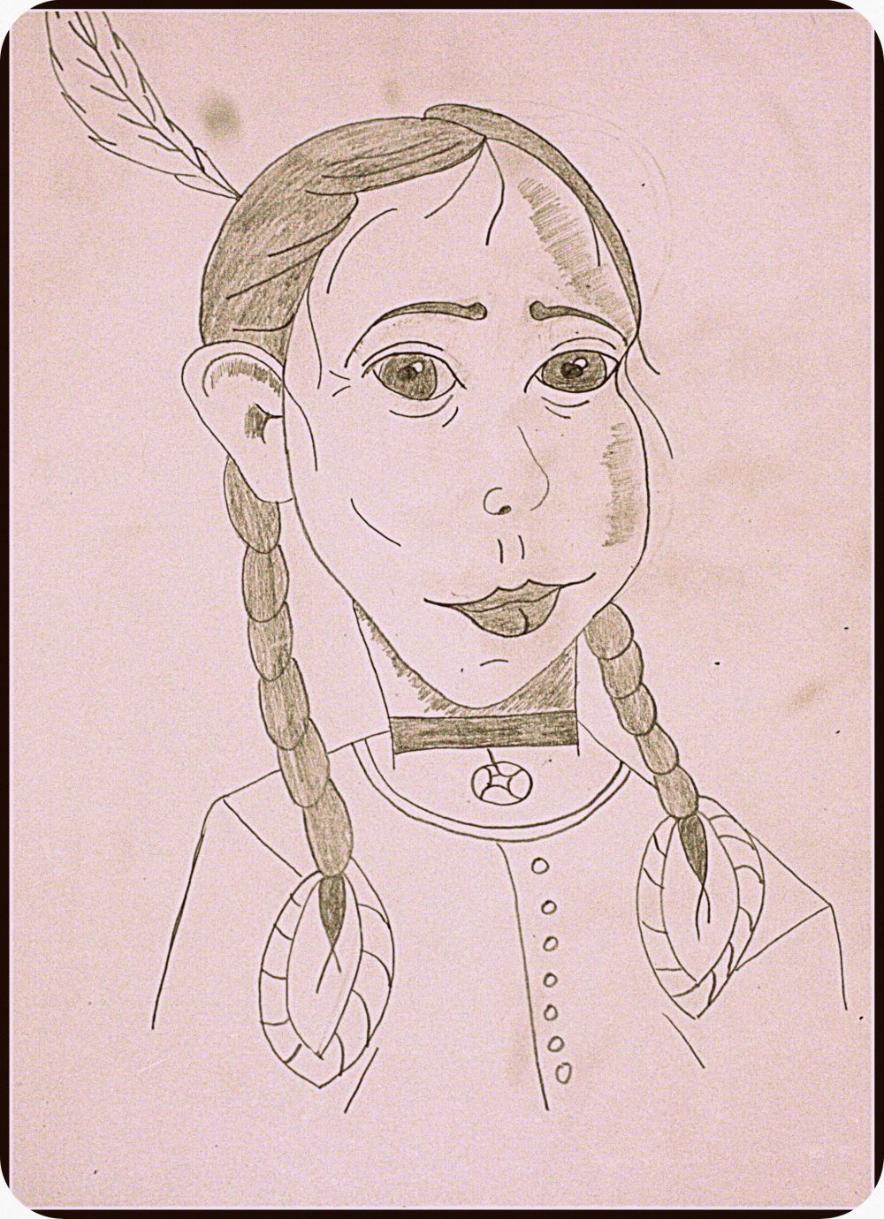
Copyright Sabrin Anna Mejias
About This Piece:
Native American Flower was inspired by an Indian Infant Drawing on google image search engine. Pencil Paper DSLR Picasa Irfanview

Copyright Sabrina Anna Mejias
About This Piece:
Mustang was inspired by a painting I ran across on google images, under Horse Drawings. Created 2016 Pencil Paper DSLR Picasa Irfanview
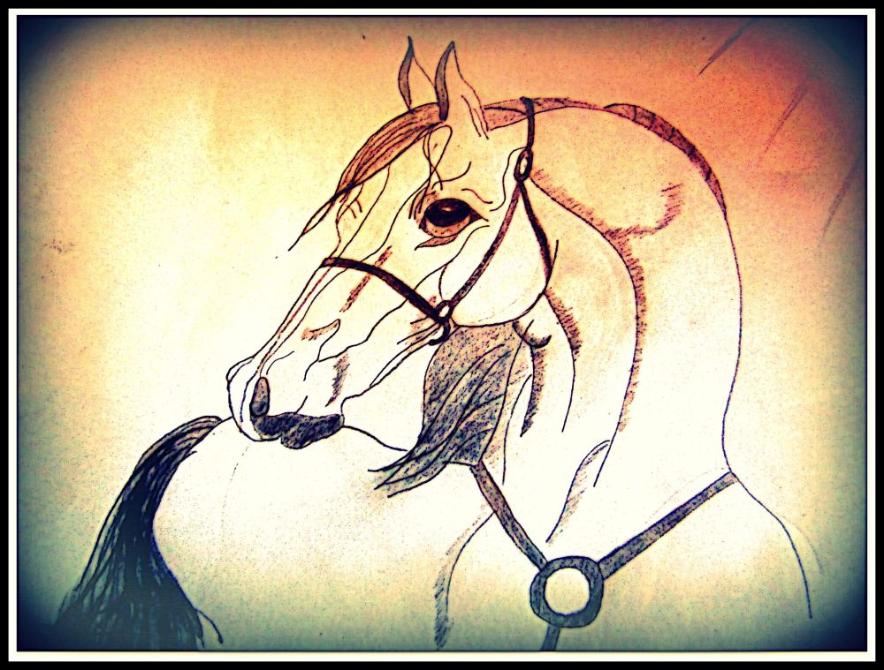
Copyright Sabrina Anna Mejias
About This Piece:
Equestrian Dream was inspired also by a painting found on the google image search engine, under Horse Drawings. Created 2016 Pencil Paper DSLR Picasa Irfanview

Copyright Sabrina Anna Mejias
About This Piece:
A Bulls Life "No Bull" was inspired by a digitally enhanced drawing in the google imge search engine, under Bull Drawings. Created 2016 Pencil Paper DSLR Picasa Irfanview
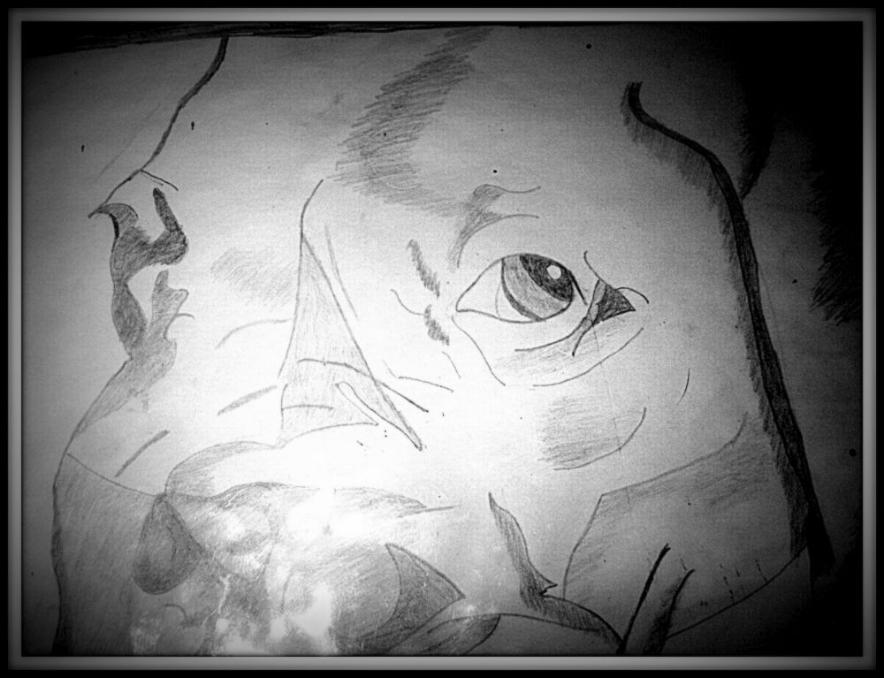
Copyright Sabrina Anna Mejias
About This Piece:
Boxer Bordeaux Show Pup was inspired by an image Sabrina took of her litter of puppies. Created 2014 edited 2016 Pencil Paper DSLR Picasa Irfanview

Copyright Sabrina Anna Mejias
About This Piece
Three's A Crowd was inspired by a drawing of a horses mouth found on the google search engine. Created 2016 Pencil Paper DSLR Picasa Irfanview
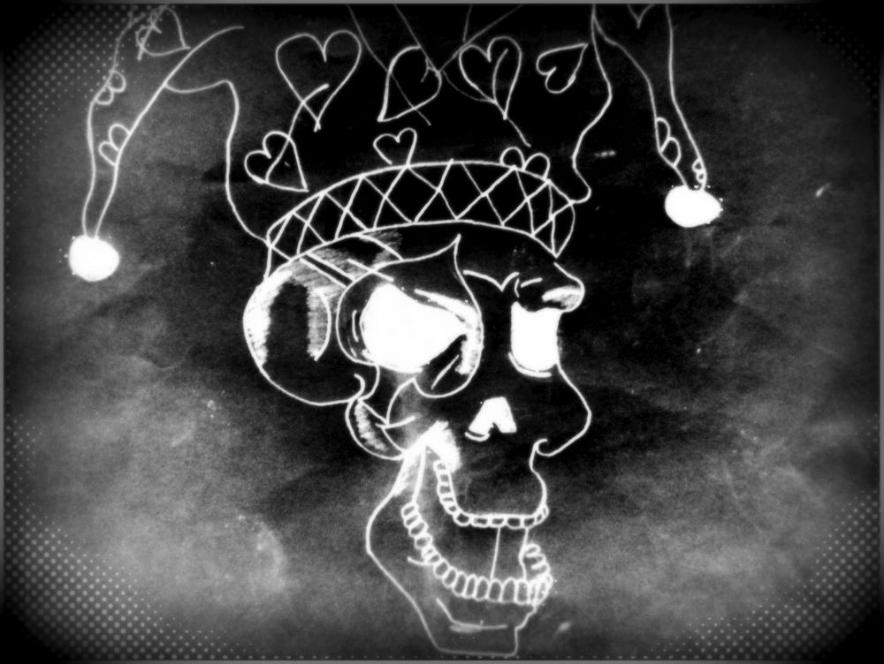
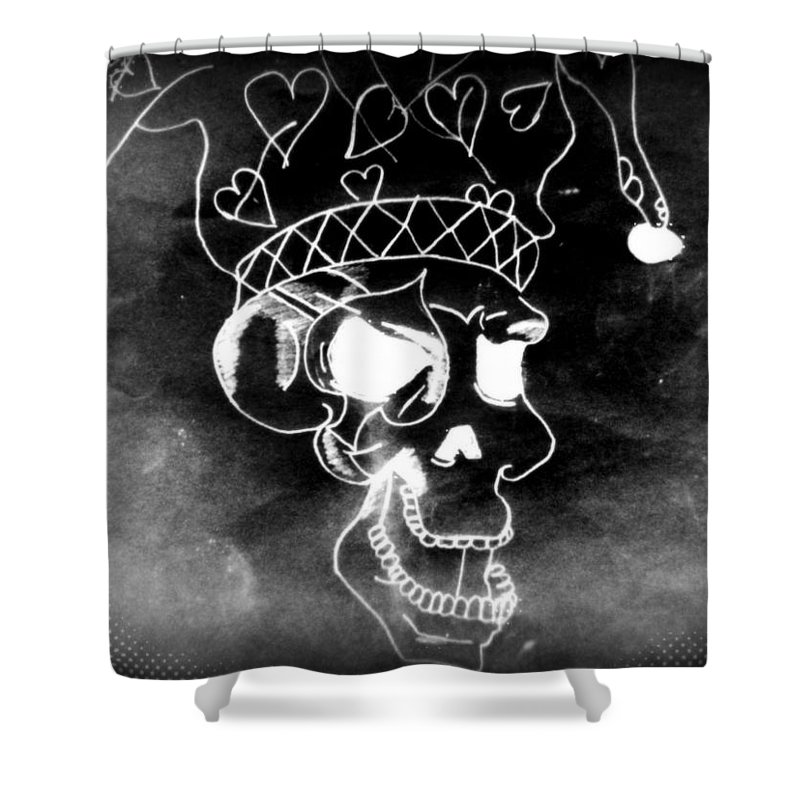
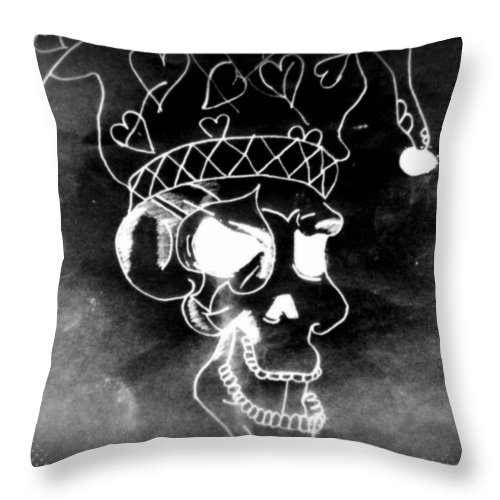
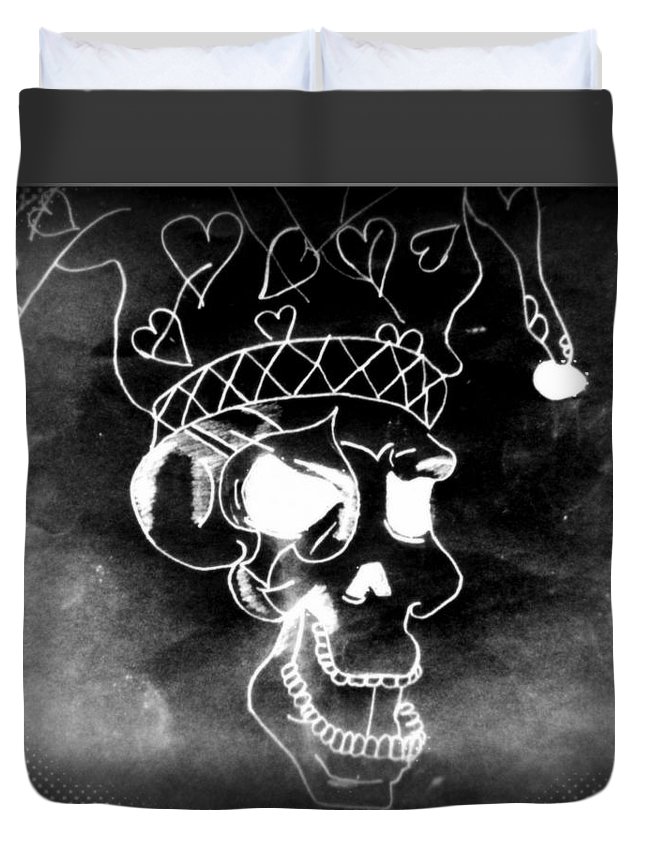
Artist Biography http://sabrina-mejias.wikia.com/wiki/Sabrina_Mejias_Wikia
Authentic Original And Complimentary Reproduction Art Sabrina Mejias Art Has Been Archived In The Public Art Archive https://www.callforentry.org/
Below are a few of Sabrina's 2016 Art Show Images From Fine Art America & Concept Of Life Animations Gallery Show!!!
Wikipedia Art Forgery
Forgers[edit source | edit]
There are essentially three varieties of art forger. The person who actually creates the fraudulent piece, the person who discovers a piece and attempts to pass it off as something it is not, in order to increase the piece’s value, and the third who discovers that a work is a fake, but sells it as an original anyway.[5]
Copies, replicas, reproductions and pastiches are often legitimate works, and the distinction between a legitimate reproduction and deliberate forgery is blurred. For example,Guy Hain used original molds to reproduce several of Auguste Rodin's sculptures. However, when Hain then signed the reproductions with the name of Rodin's original foundry, the works became deliberate forgeries.
All of Sabrina's works are copyrighted and credited to Sabrina Anna Mejias which means they are authentic and original reproductions or custom limited edititons.
Below 2 images of Dopey Series #2 are an example of how my reproductions are inspired, manifested, and created .
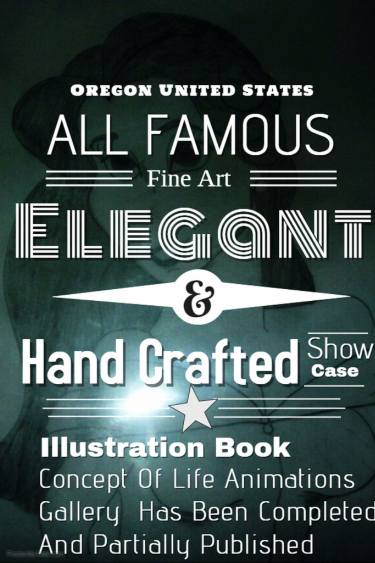
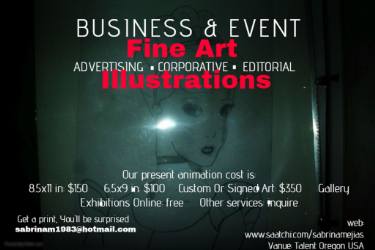
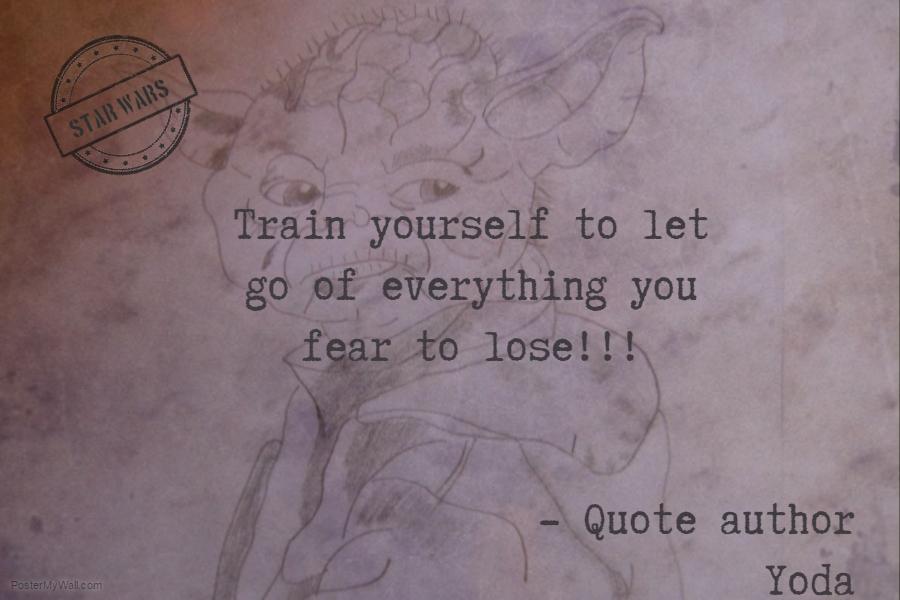
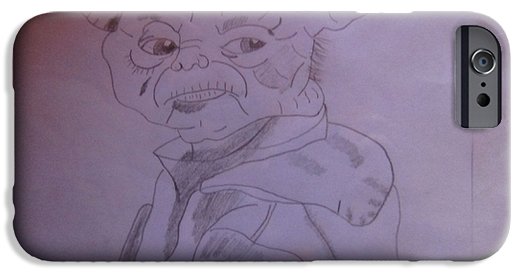
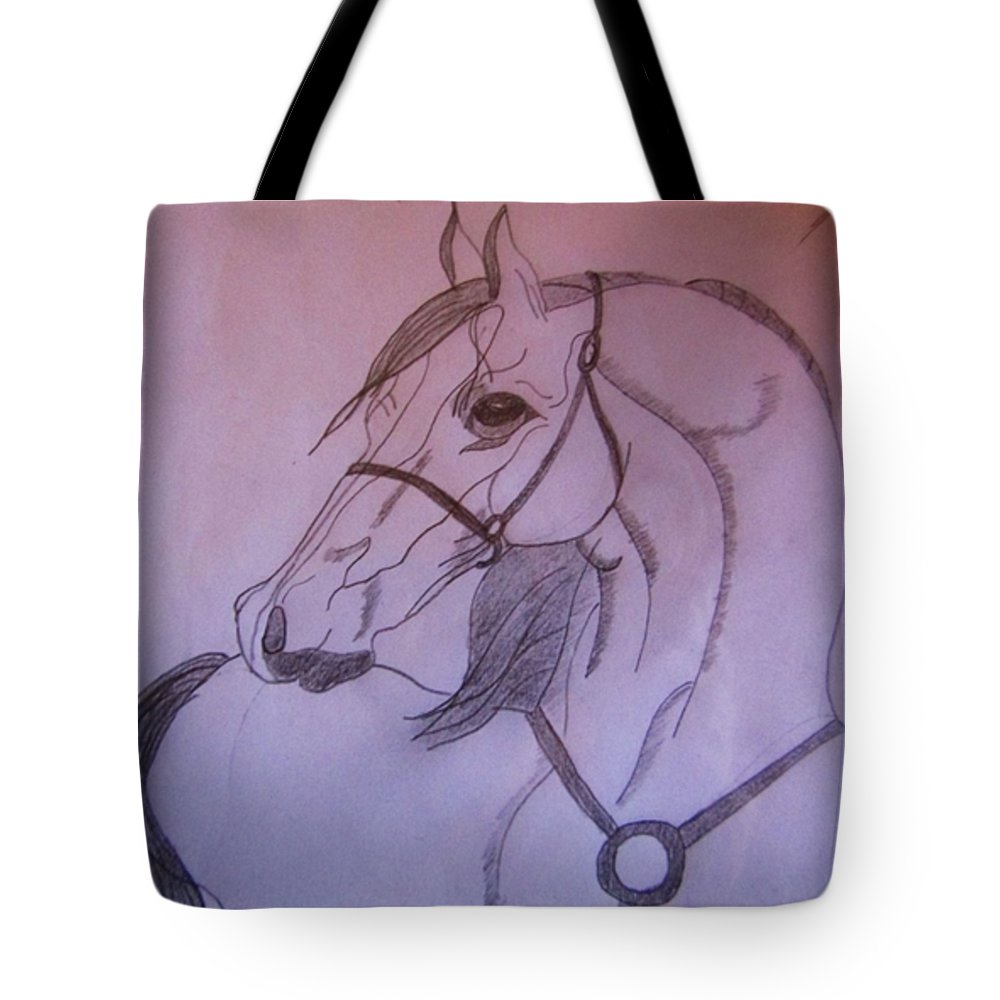
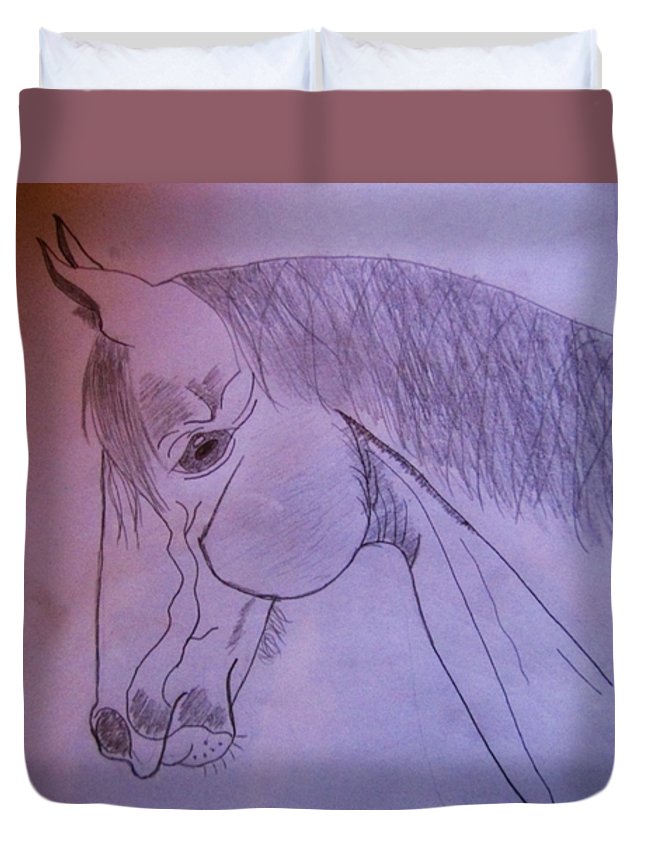
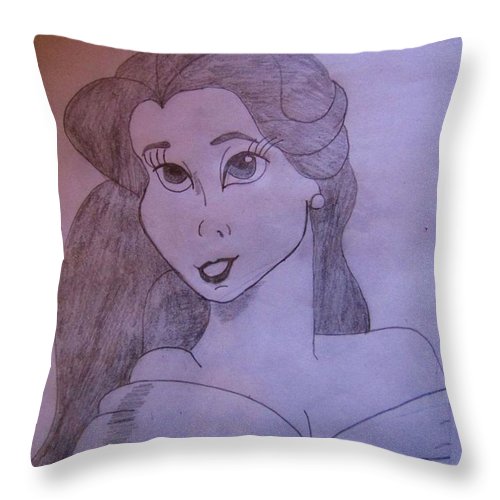
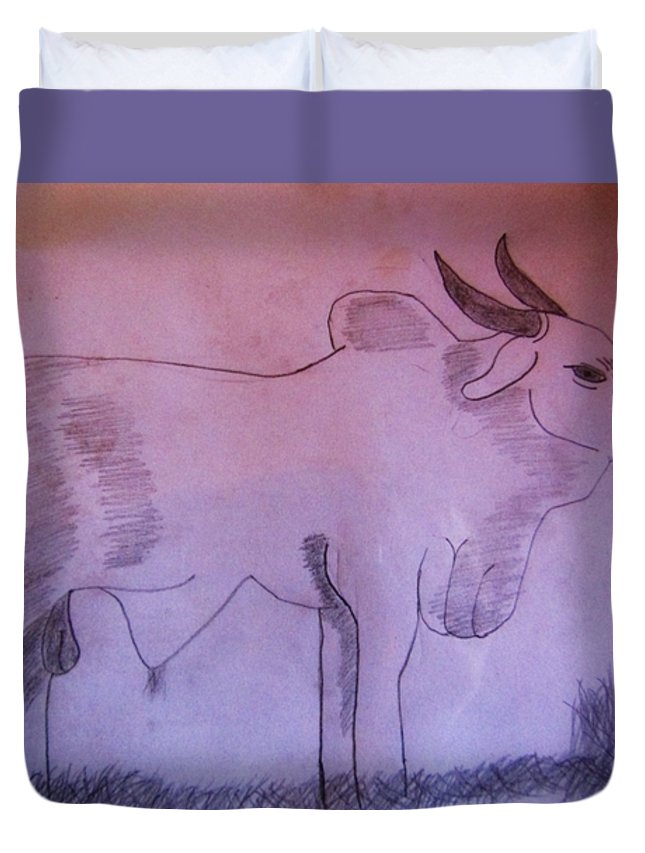

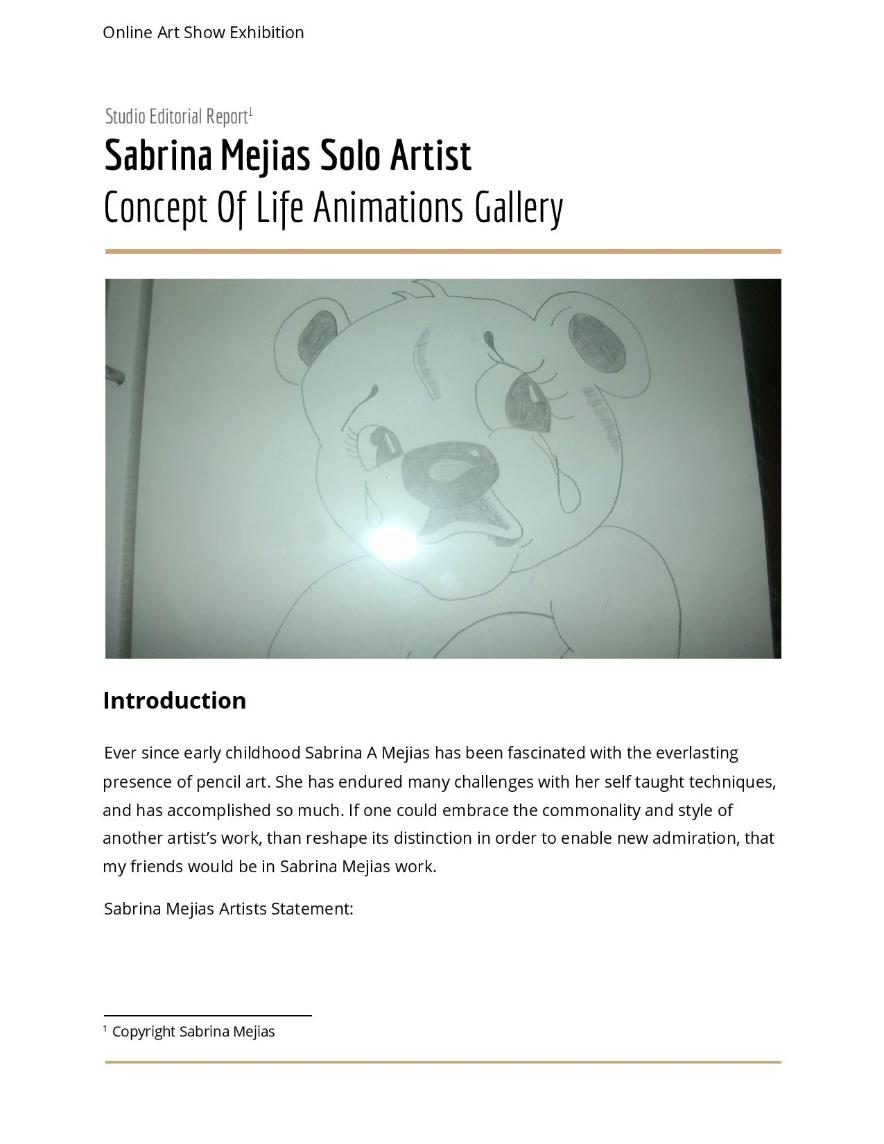

For Sale Fine Art Folk Art Museum Quality Prints Inquire For Pricing sabrinam1983@hotmail.com
Now accepting custom art orders and requests send email!!!
Artist Sabrina Anna Mejias
Samples below of Sabrina's Art COA
Artist Statement:
Award-Winning Gifted Artist. Traditional Fine & Folk Art. Lifelong Experience. Inspired Curator. Experienced In Art Show Exhibiting, and Competing.
Work Of Art Definition
https://en.wikipedia.org/wiki/Work_of_art
Distinctions[edit source | edit]
Some art theorists and writers have long made a distinction between the physical qualities of an art object and its identity-status as an artwork.[7] For example, a painting by Rembrandt has a physical existence as an "oil painting on canvas" that is separate from its identity as a masterpiece "work of art" or the artist's magnum opus.[8] Many works of art are initially denied "museum quality" or artistic merit, and later become accepted and valued in museum and private collections. Works by the Impressionists and non-representational abstract artists are examples. Some, such as the "Readymades" of Marcel Duchamp including his infamous 'urinal "Fountain'", are later reproduced as "museum quality replicas". gift·ed
ˈɡiftəd/
adjective
-
having exceptional talent or natural ability.
a·ward
əˈwôrd/
verb
-
1.
give or order the giving of (something) as an official payment, compensation, or prize to (someone).
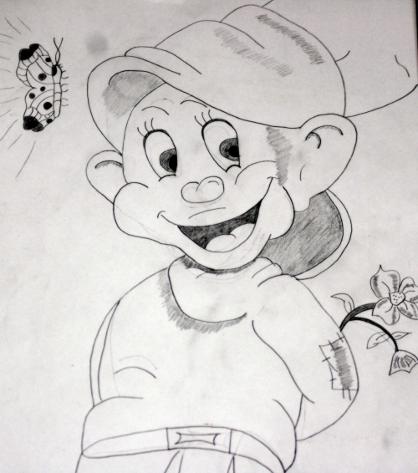
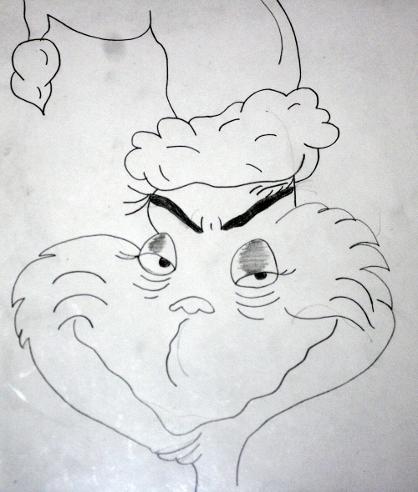
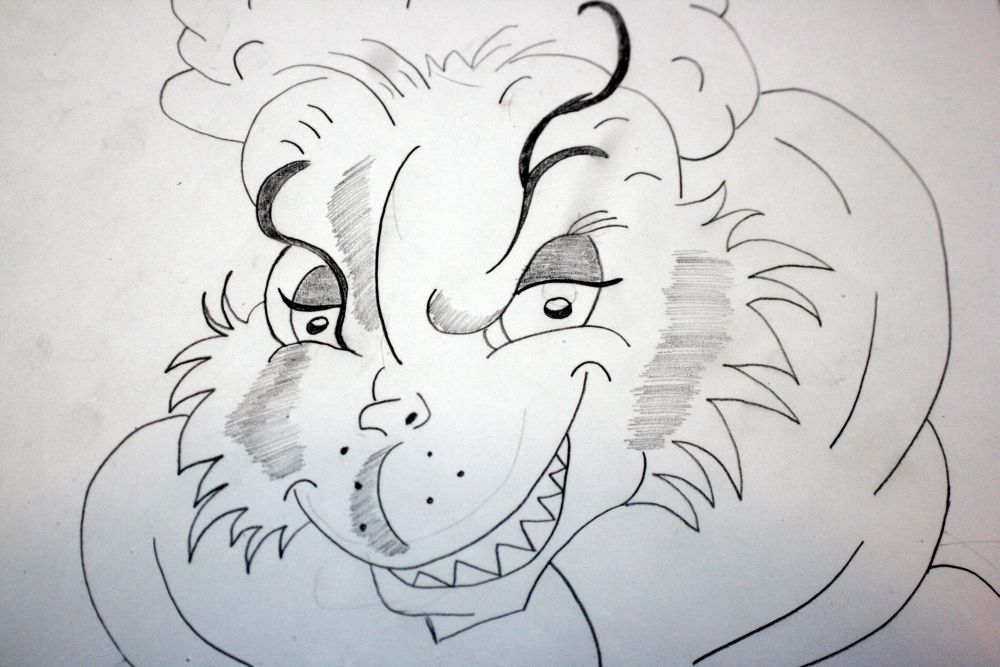
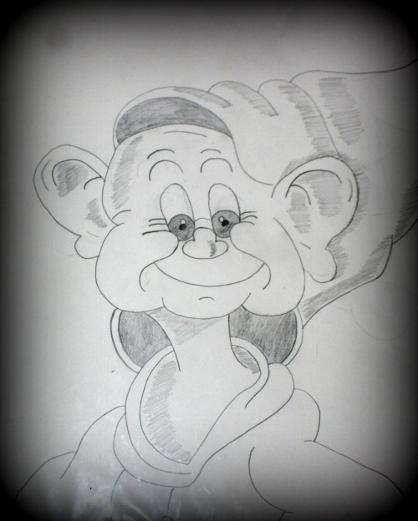
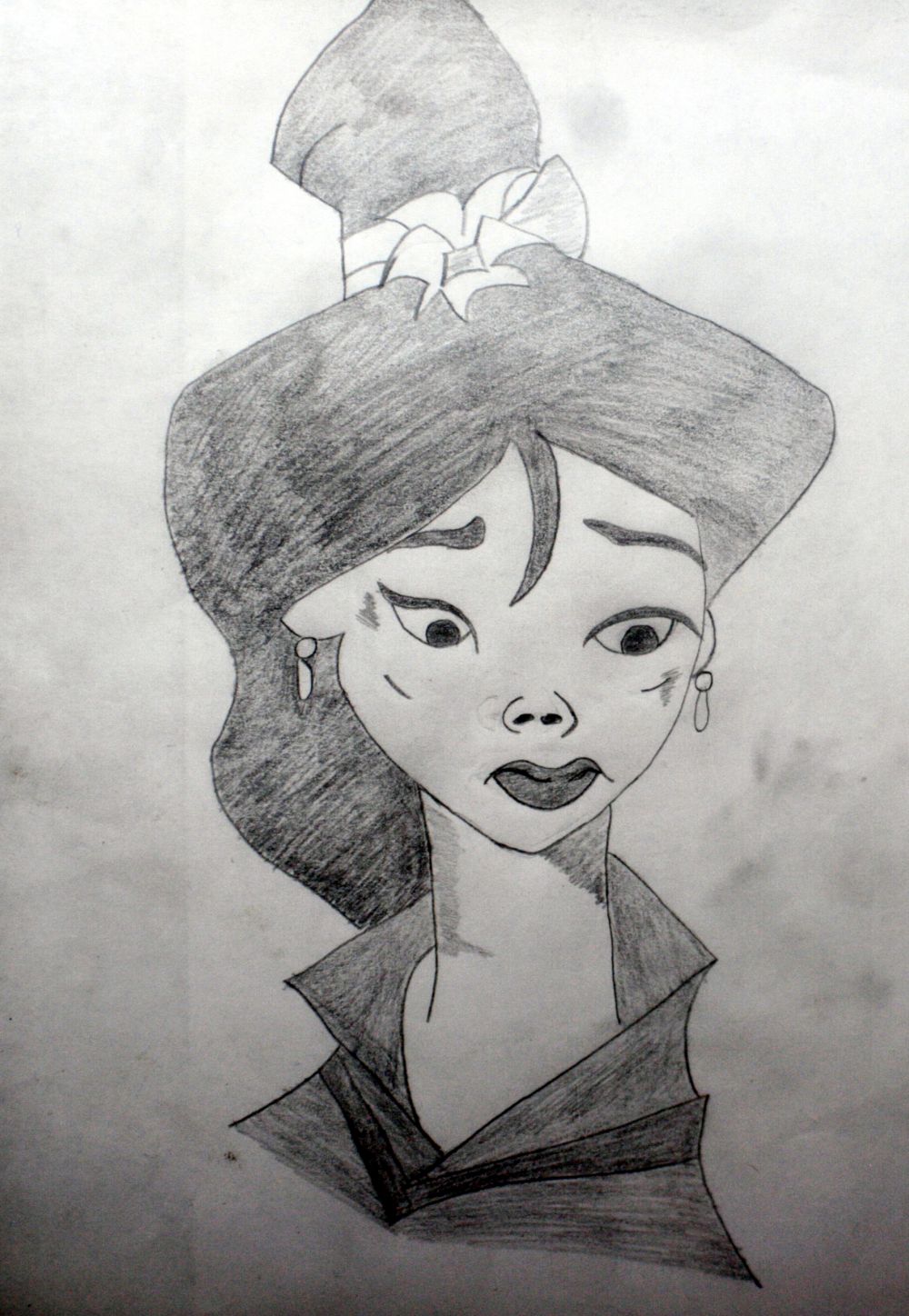
Welcome
National Fine Arts Title Registry Certified Also ArtTrust Partnered & Certified And Ascribe Cerified
Sabrina Mejias has certification available for all of her pieces from NFATR, ArtTrust and Ascribe.

Contact Us
About Sabrina Mejias Copyright
I create Museum Quality Art, you can find my work at Fine Art America Online Museum Gallery and Saatchi Museum Gallery amongst a few others. I am Certified With NFATR See Below National Fine Arts Title Registry Make customers more confident that buying your art is a wise decision! Distinguish your work asprofessional and worthy of documentation Separate your art from the flood of imported “originals” that are not from legitimate, individual artists Build a personal connection with your patrons by including details about the creative inspiration for the artwork Provide your patrons with the added value of registered art benefits: captured history and details about the artist and the work's origin off-site records for insurance claims in case of art loss organized assets for financial records and estate planning documented authenticity enhanced value with documented details in a national database Certificate of Ownership in their name printed as needed ability to attach a photo and supporting document such as a bio, if desired. I am an Inspired Artist. I am an Original & Reproduction Fine Art Artist and Tattooist. Some of my art may have been recreated from other artists work, this is a legal form of art and is in act of the fair use act doctrine. None of my work is ever traced only freehand and by my own eyes.I always work with pencils sometimes colored not very often though when on paper. My art is usually either on paper skin or wood. When I was an adolescent I was tested and enrolled in "Gate" The Gifted Program provided by schools located in California and elsewhere, because I am recognized as being gifted and talented, that is of great value in which cherish deeply.I have taken the liberty of joining forces with Acme Animations Studio and Walt Disney Animations Studio as a registered Animator Artist. Look for my published work on google images under Sabrina Mejias Art/Artworks. I am also in the process of creating and publishing a 100 page illustration book featuring some of my artworks and doodlings. I am currently 89 pages into it, not including the front cover and back cover artworks. Total artworks that will be included in this book is 102 pieces of works. Majority of my work is Authentically done by hand every once in awhile I will digitally sketch up an art piece. FYI My mother had got me into collecting clowns mostly dolls and as you can see I have since incorporated clowns into my work. It is possibly by coincidence Sabrina Mejias resides in a town named Talent, she not only lives in Talent but she really does show potential in the Talent Industry. Coincidence Maybe,that is for the viewer you to decide.
Education:
Post Graduate Certificate Degree In Art I have been an artist in many forms ever since I was old enough to use a pencil. What Is Fine Art? Do you really understnd it's concepts. Please follow link to learn more about fine art today.
https://en.wikipedia.org/wiki/Fine_art
one of my books
https://en.wikipedia.org/w/index.php?title=Special:Book&bookcmd=download&collection_id=37a5a042fe1bb2b6a2283396acd938a3b0dddf48&writer=rdf2latex&return_to=Special%3ABook
Events:
Sabrina Mejias is currently in the process of creating a 100 page Illustration Book Called Concept Of Life Animations Gallery for her and her Tattoo Apprentice Studio online. She has completed the book including the front and back covers, in which some are published to the internet. This book is a rare book as their will only be the Authors Copy although most of the illustrations will be published individually to the internet, some of the art she will be excluding from the internet for now. There are several factors that make this book rare, 1) originally there will only be one original book may be copied at a later date, 2) some images are excluded from the public, and it is a publication during the life of Sabrina's Tattoo Artist Apprencticeship. 3) Sabrina has earned herself an art degree in design principles, via distant learning, she is an accomplished & published artist.
Exhibitions:
Welcome to my Online Gallery here at Yola. I have put together for the public to view a showcase of my version of my original inspired pieces of artwork please enjoy.
I have 3 basic principles. Inspiration. Creativity. Patience.
Please Note: all my works are limited editions. For a full and up to date biography for Sabrina Mejias please follow this link. http://sabrina-mejias.wikia.com/wiki/Sabrina_Mejias_Wikia
